Using a Hair Length Chart is a convenient way to measure the length of your hair. There are several subcategories that you can use to find your perfect length. These categories include Shoulder length, Tailbone length, and Ear length. You can also use the chart to check your current length.
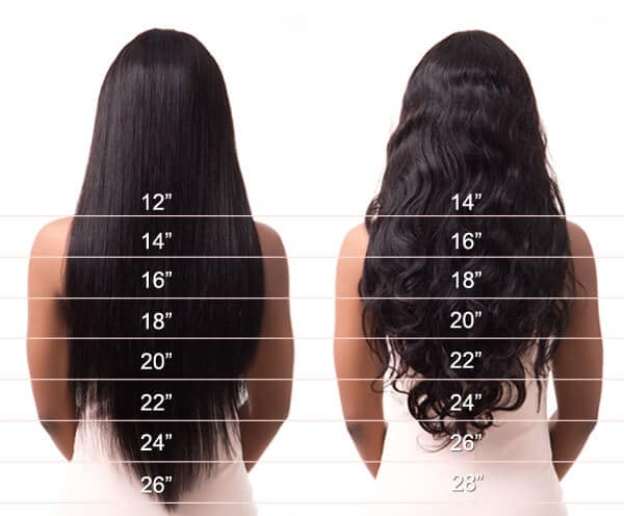
Shoulder-length hair
If you have shoulder-length hair, you can do a variety of styles with it. You can go for a choppy, wavy look or a sleek, edgy cut. Shoulder-length hairstyles can also be face-framing. A shag bob with brow-skimming bangs and longer sides can be a great choice. Choppy layers can show off your face-framing shape and can be styled easily with a blow-dryer and a brush.
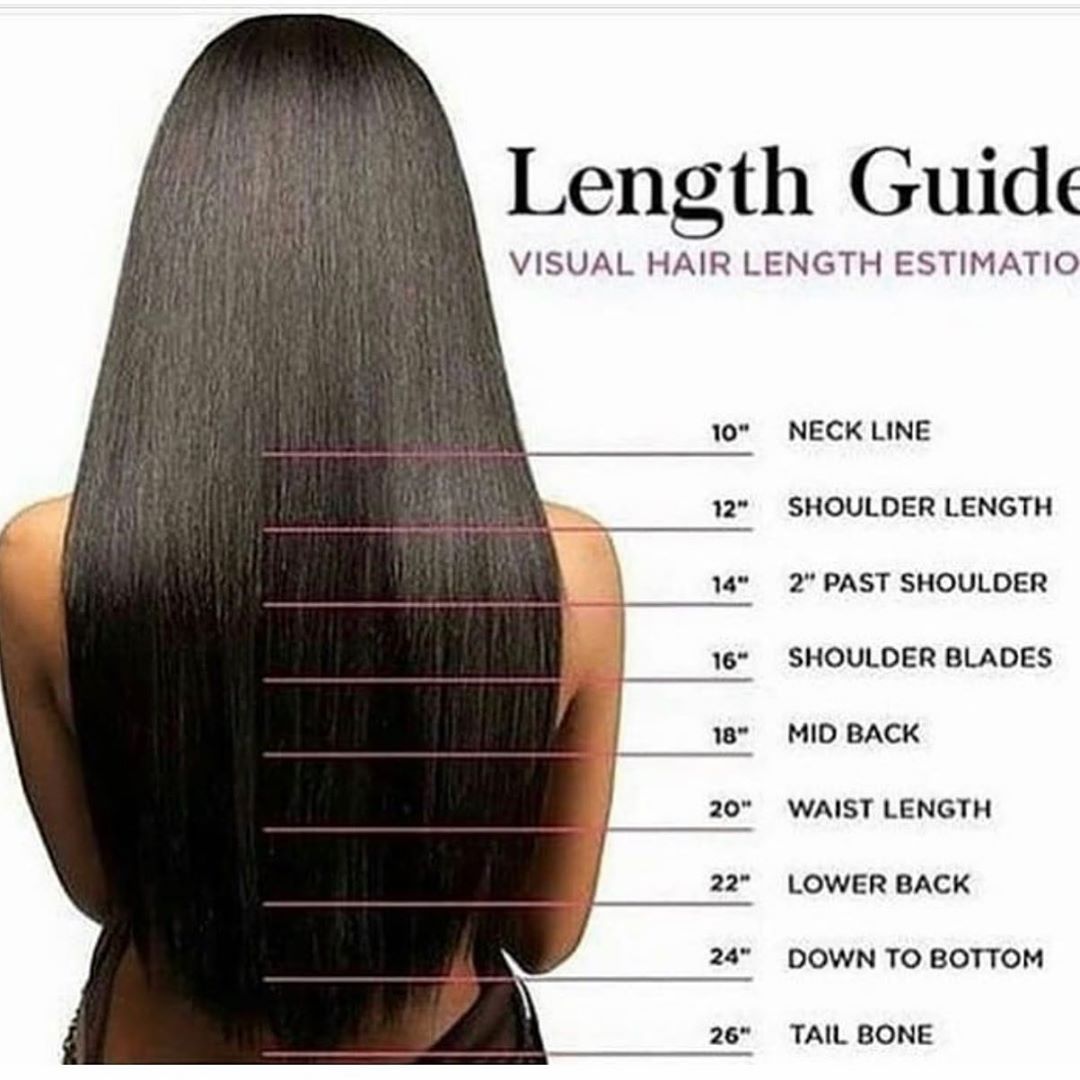
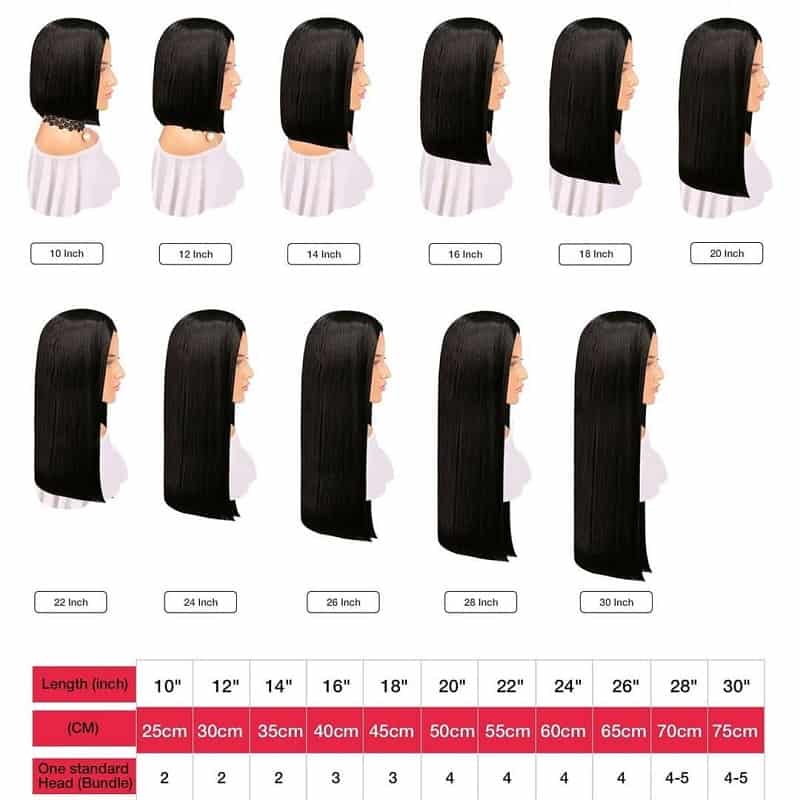
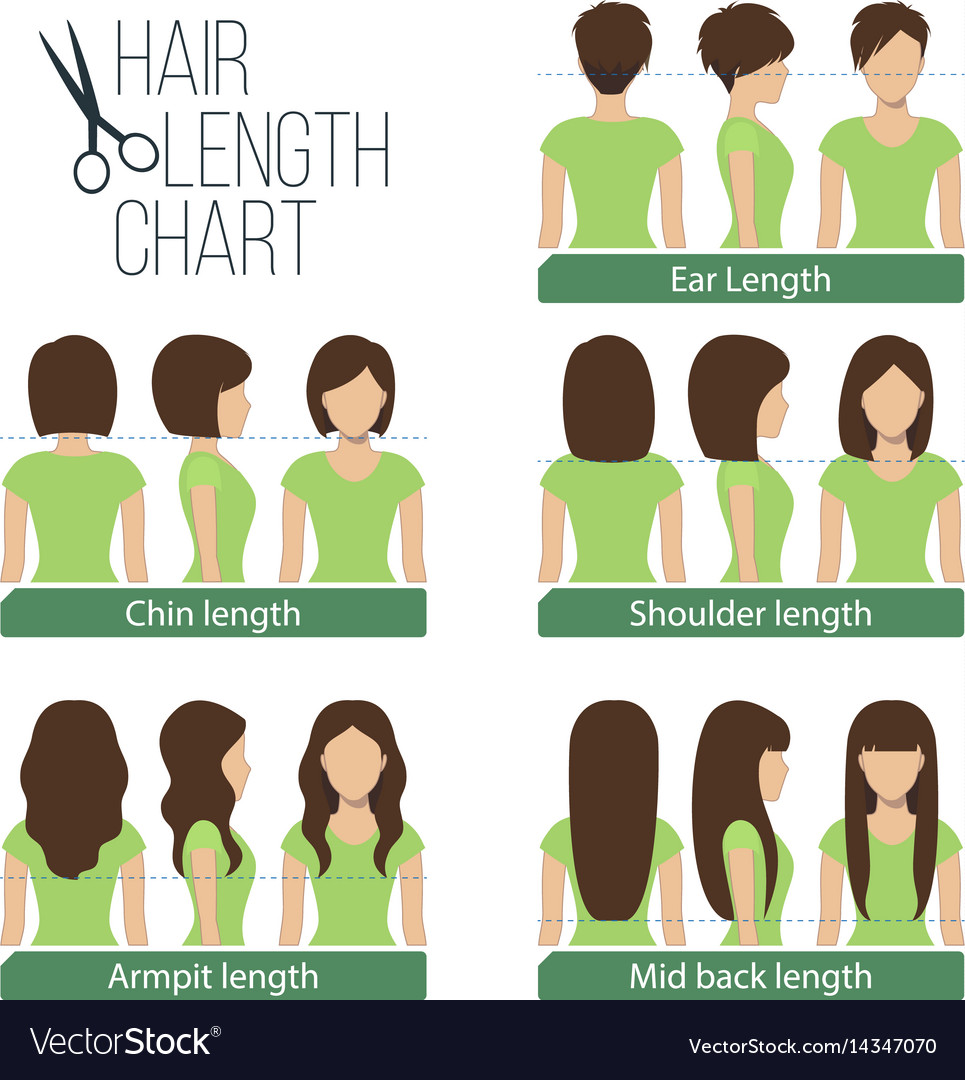
Shoulder-length Hair look great on women of all ages and hair types. This cut is great for balancing length and volume and can be worn in cute half updos. It is also great for playing with fun colors and textures. Depending on your personal preferences, shoulder-length Hairstyles can give you a youthful look and improve your self-esteem.
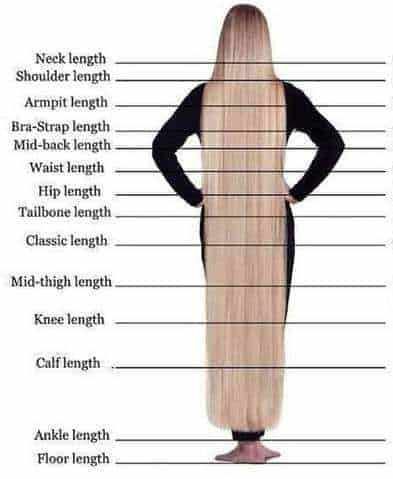
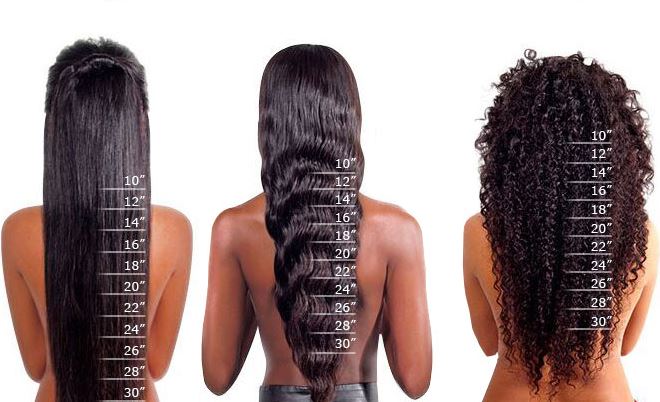
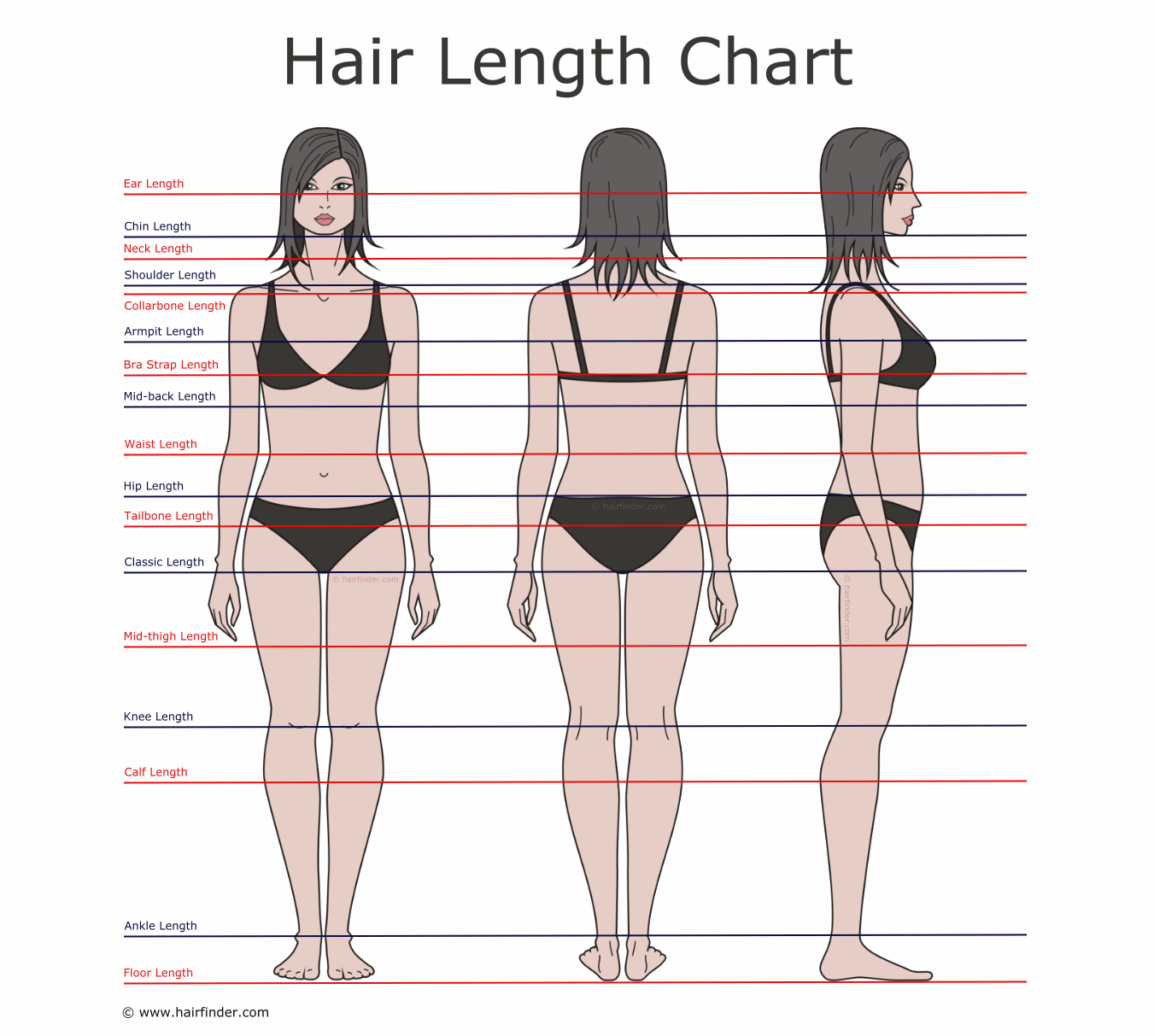
Shoulder-length Hairstyles also balance out the shapes of your face. If your chin is pointy, shoulder-length hairstyles can help you balance it by adding a long side-swept bang. This will help to shift the focus from the chin to the upper part of your face. Layers also help to frame your face without pulling it down.
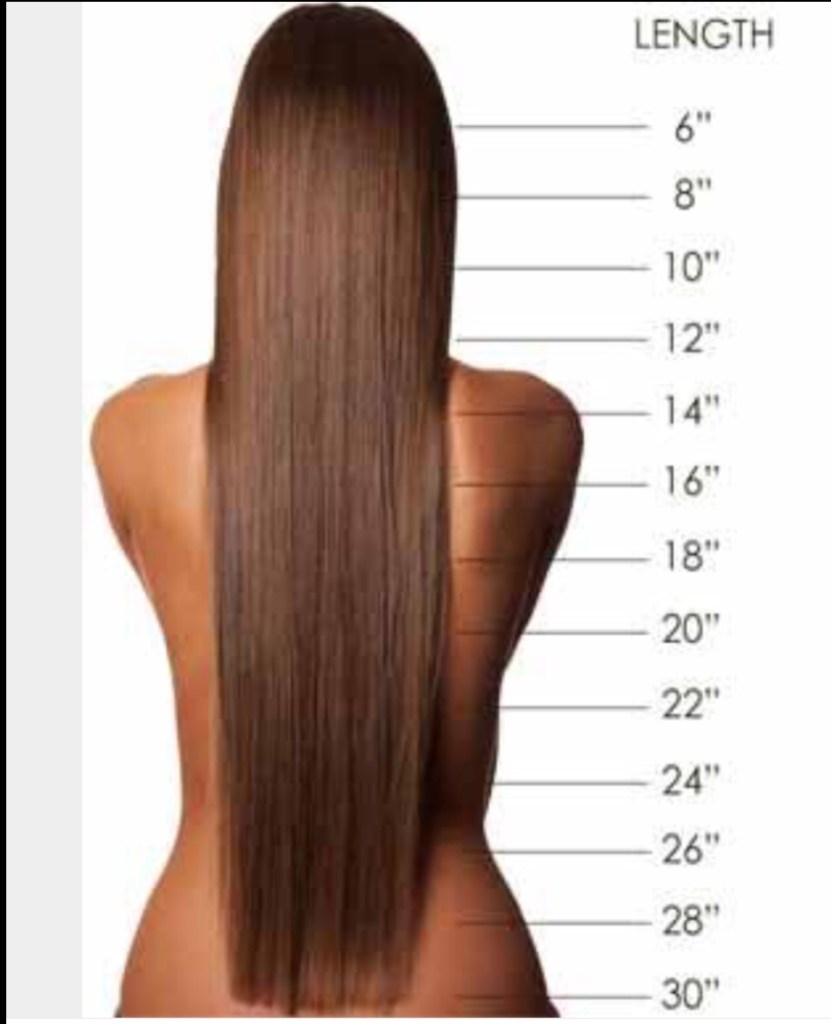
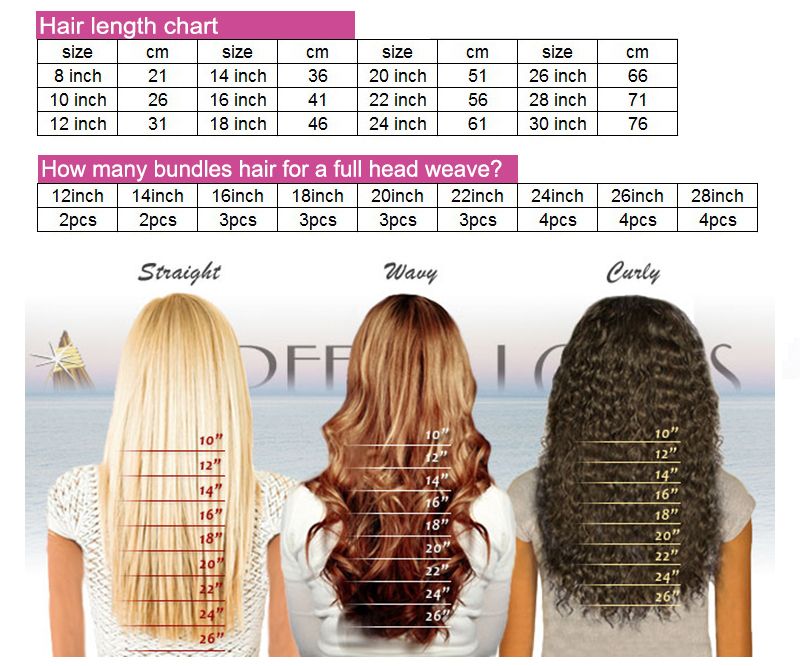
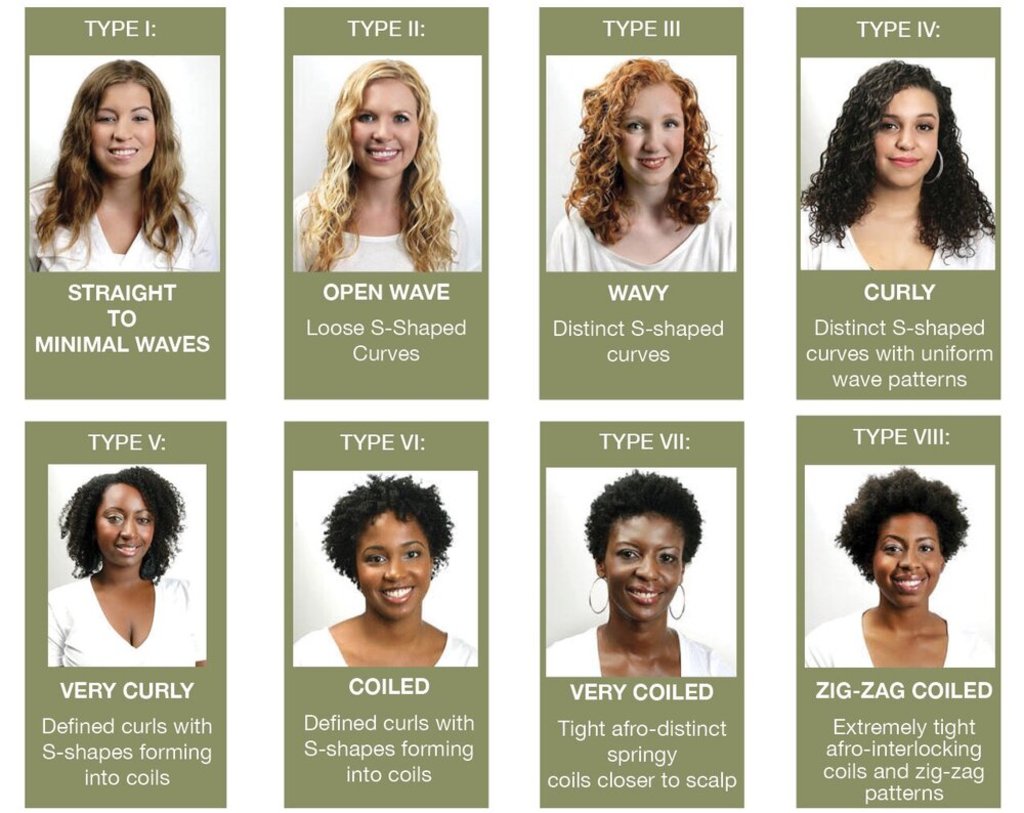
Shoulder-length Hairstyles can be versatile, but make sure you consult a stylist to find the right cut for your face shape and hair type. If you have wavy or thick hair, this cut will take a lot of time to style. Light layers will help to shape your curls gently.
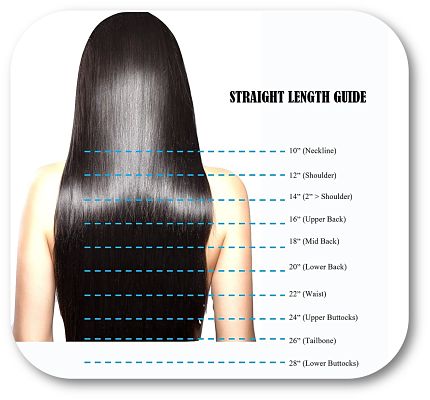
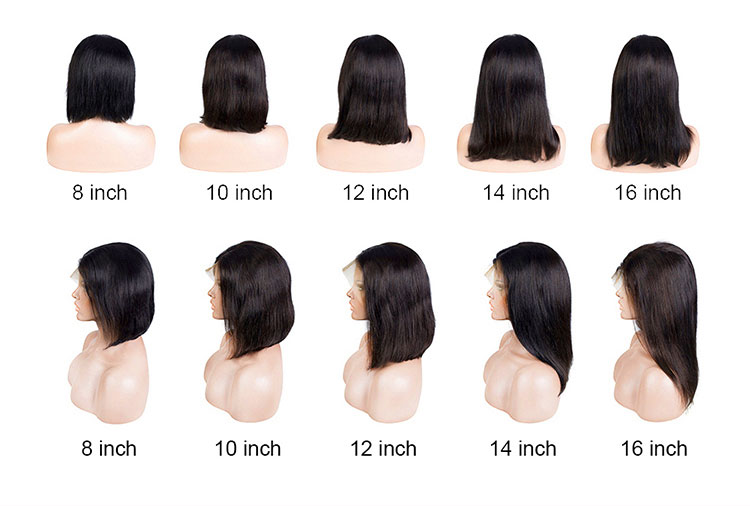
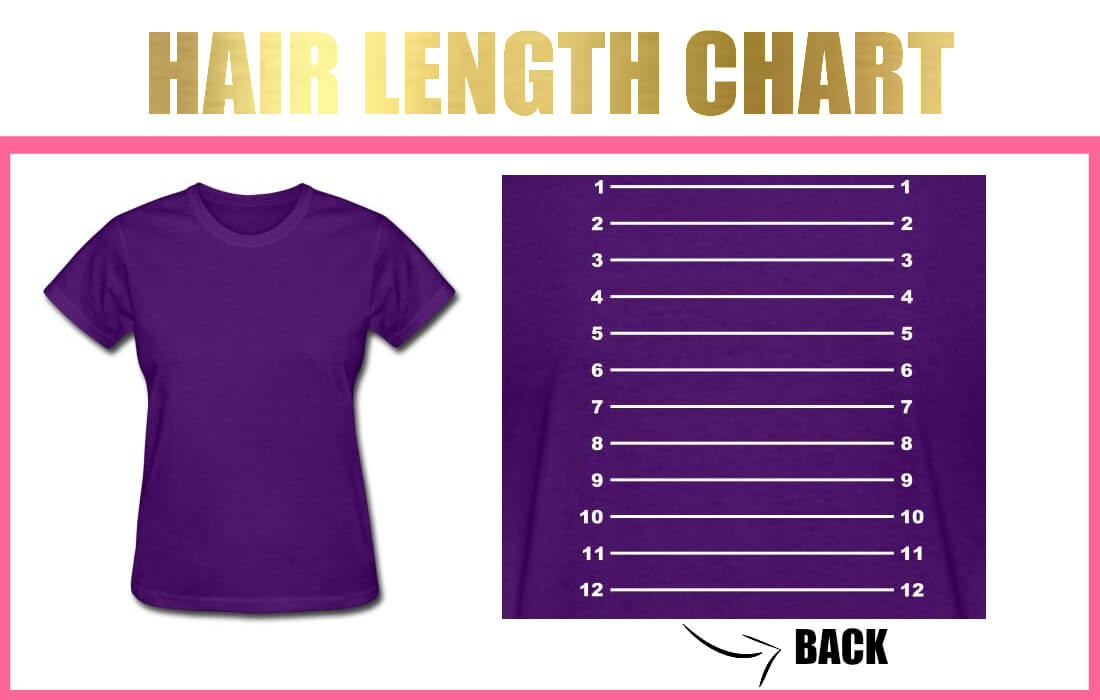
Another style to try is an ombre. A shoulder-length lob looks great with an ombre effect, and you can wear it to frame your face. Using a balayage technique, you can create a unique ombre effect that will highlight your face and accentuate your features.
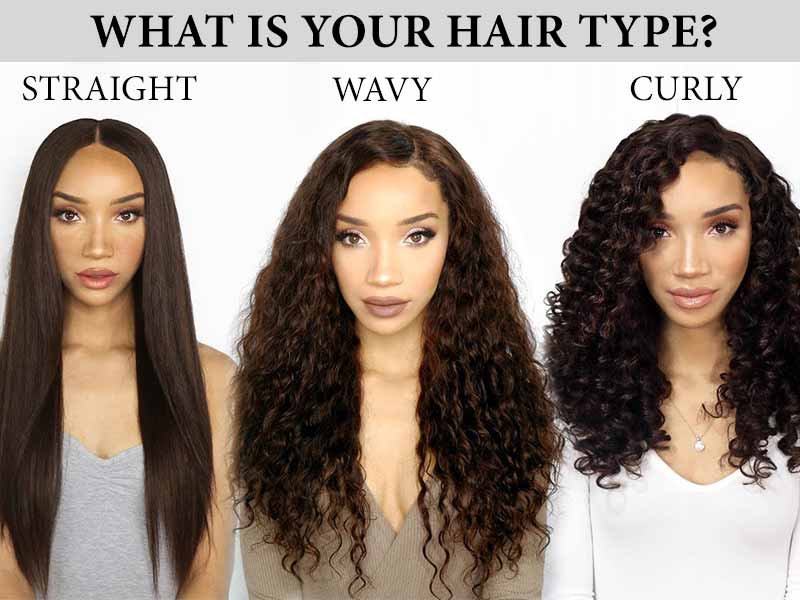

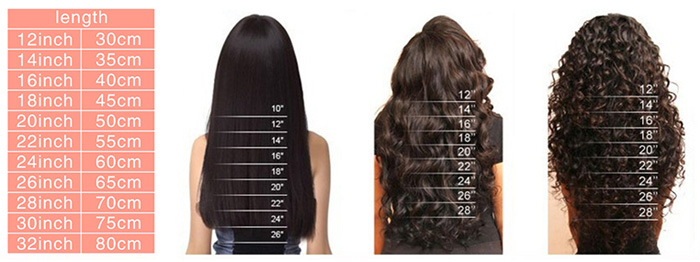
Shoulder-length hairstyles are versatile and easy to maintain. They go well with sharp ombre or a messy look. They also look great with natural roots, and will give you a Gatsby look. You can also add warm highlights to a shoulder-length style to give it a modern edge.
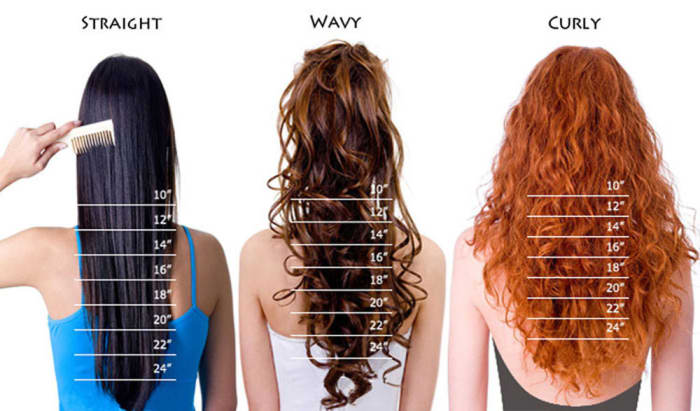

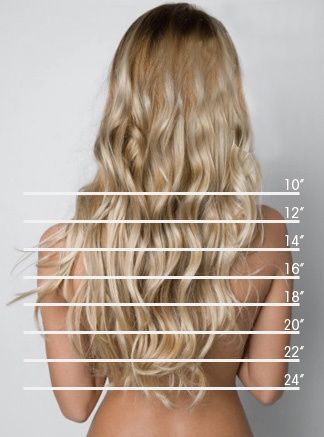
Shoulder-length Hairstyles offer endless options and the opposite of traditional styles. If you want a sleek, clean style with a middle part, a messy look, or an edgy look, shoulder-length hairstyles can complement most faces. You can add layers, and even try unusual colors like purple ombre.
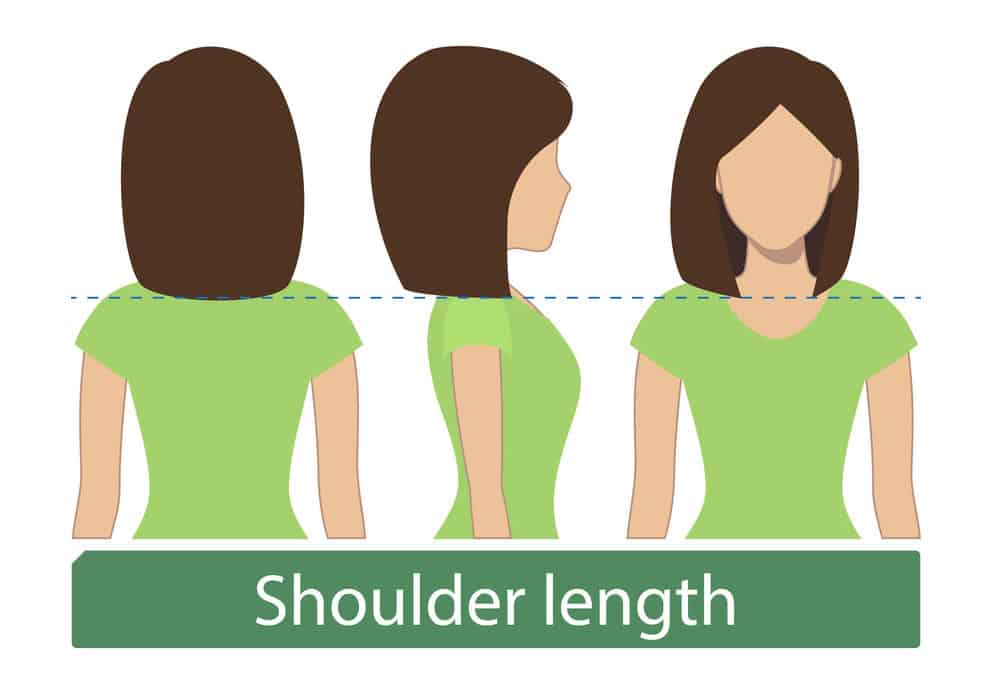
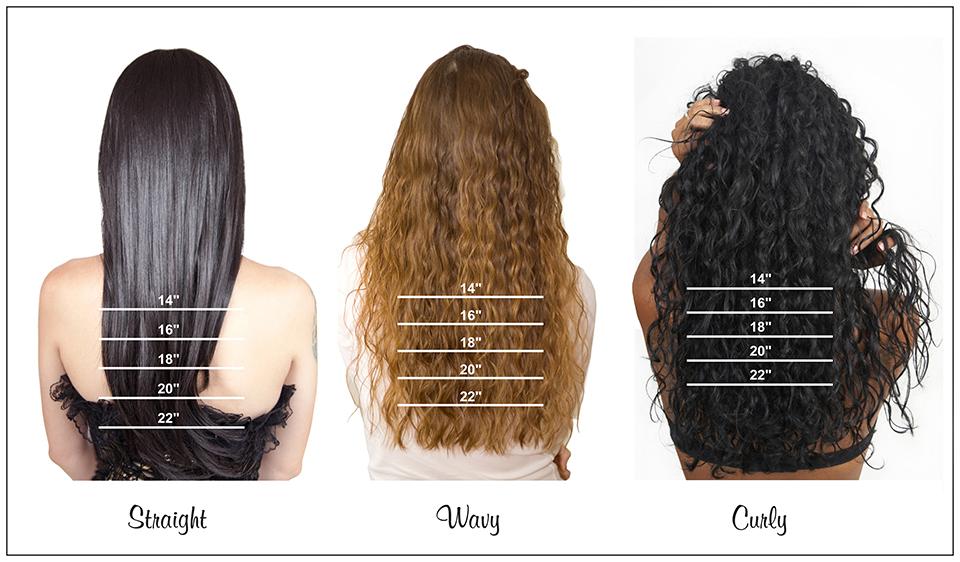
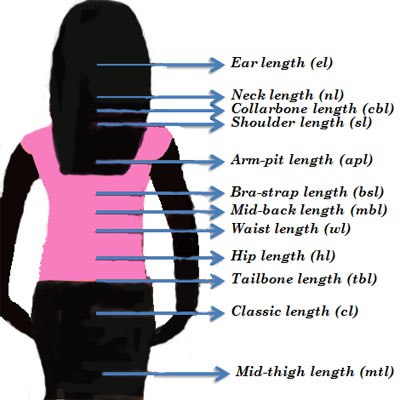
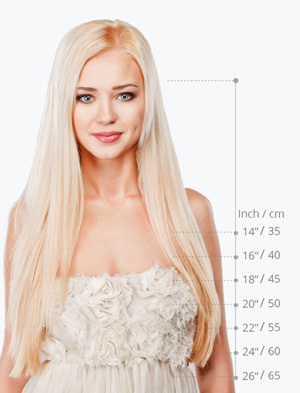
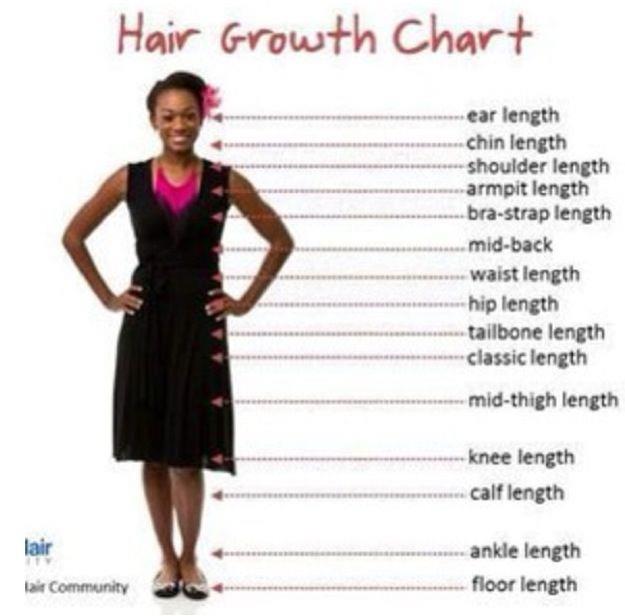
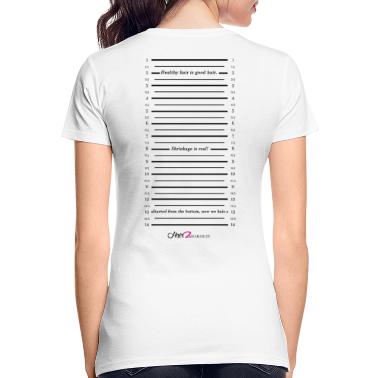

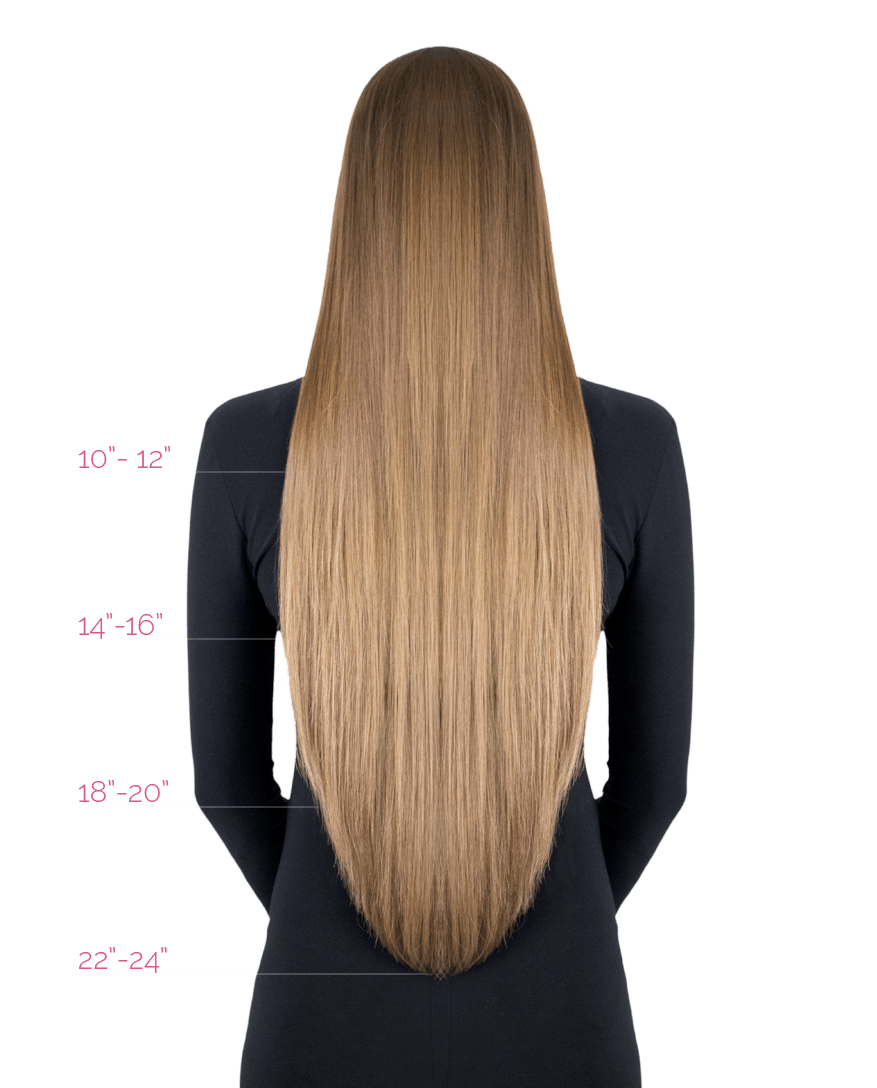
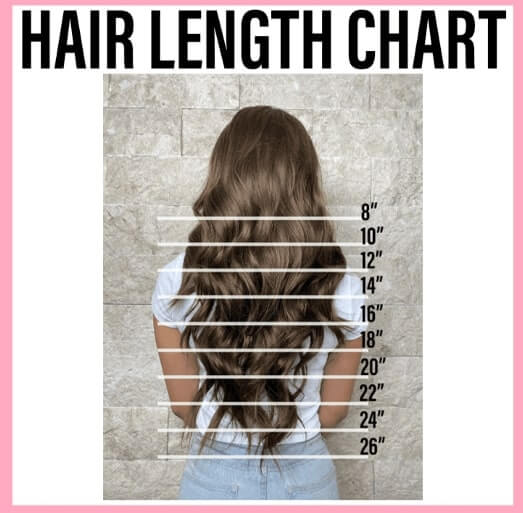
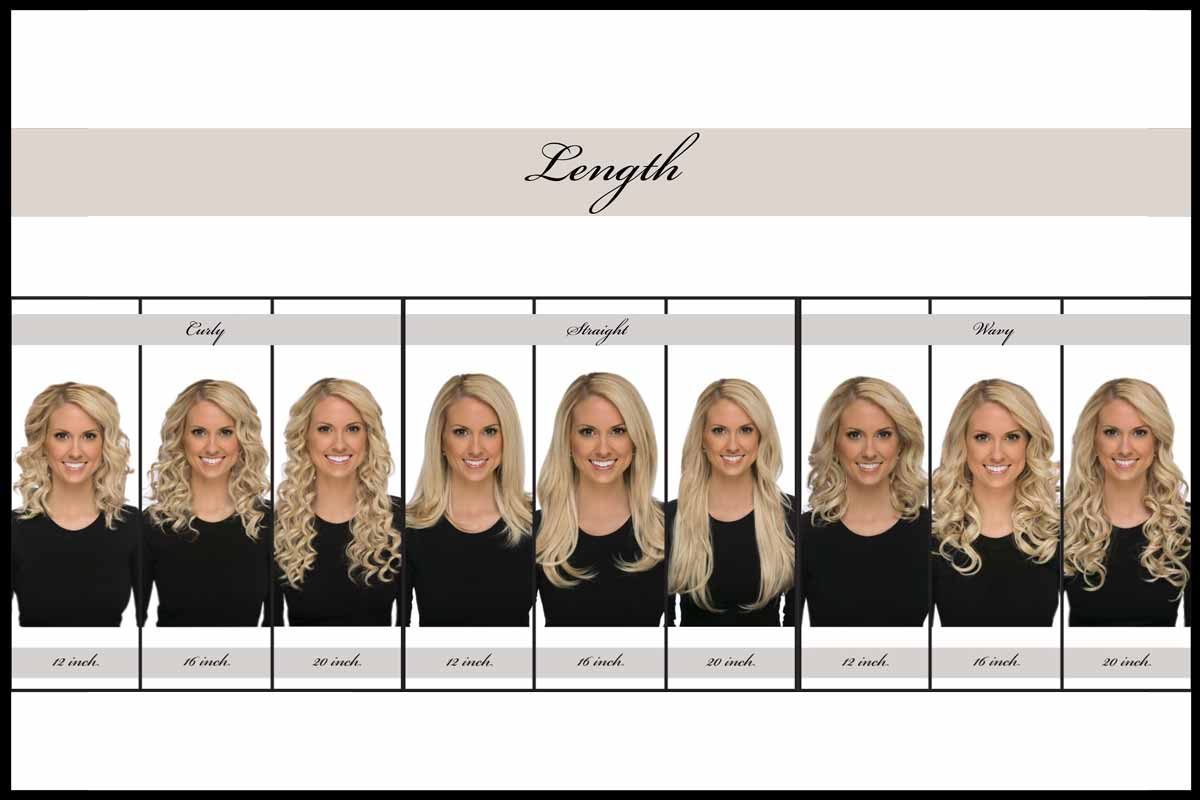
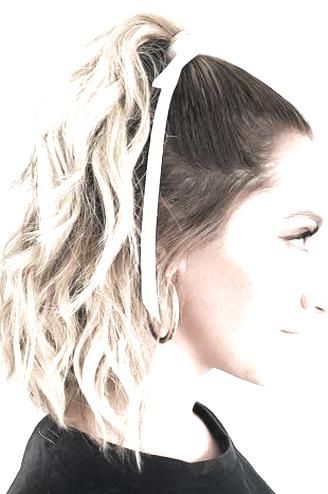
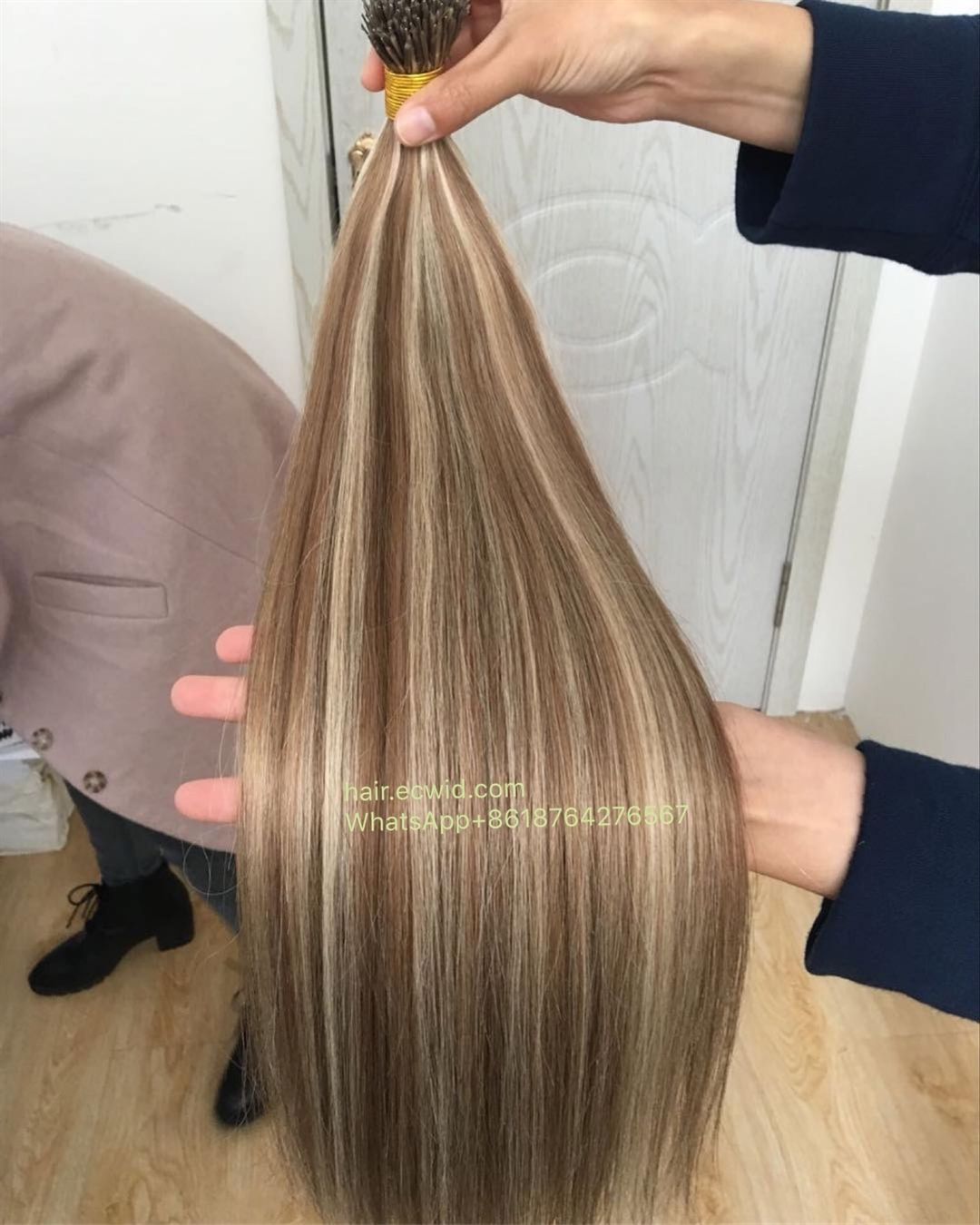
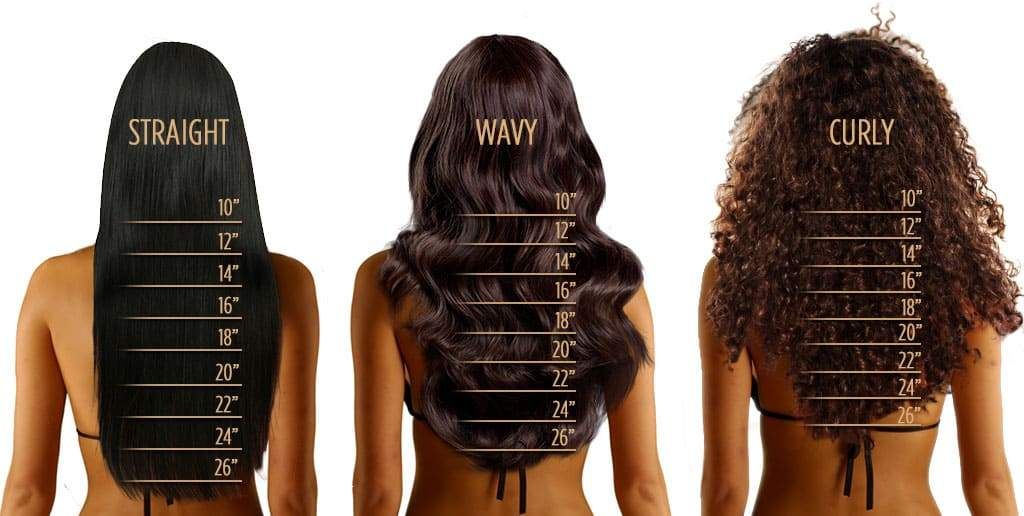
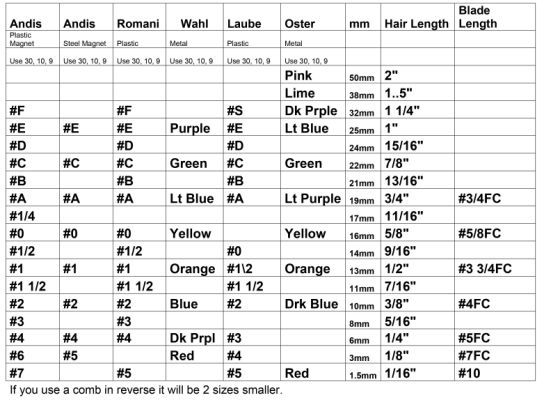
Tailbone-length hair
If you’re looking to go for a sleek, low-maintenance cut, tailbone-length hair is the perfect style to achieve. This length of hair ends at the tailbone and reaches mid-back. It isn’t quite long enough to sit on, but it’s long enough to be comfortable. Tailbone-length hair looks best with layers, bangs, and boosted volume.
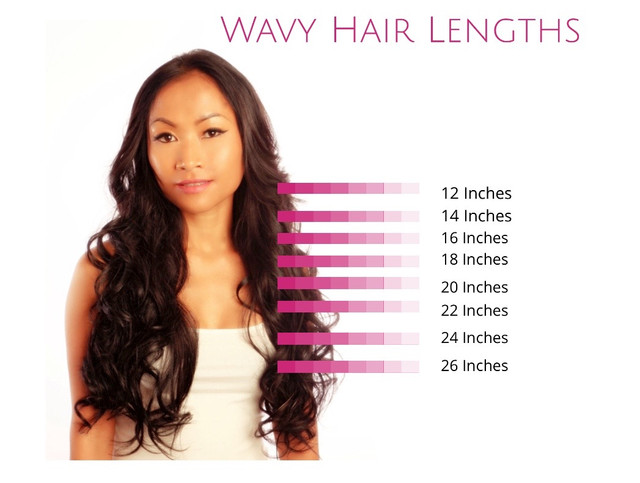
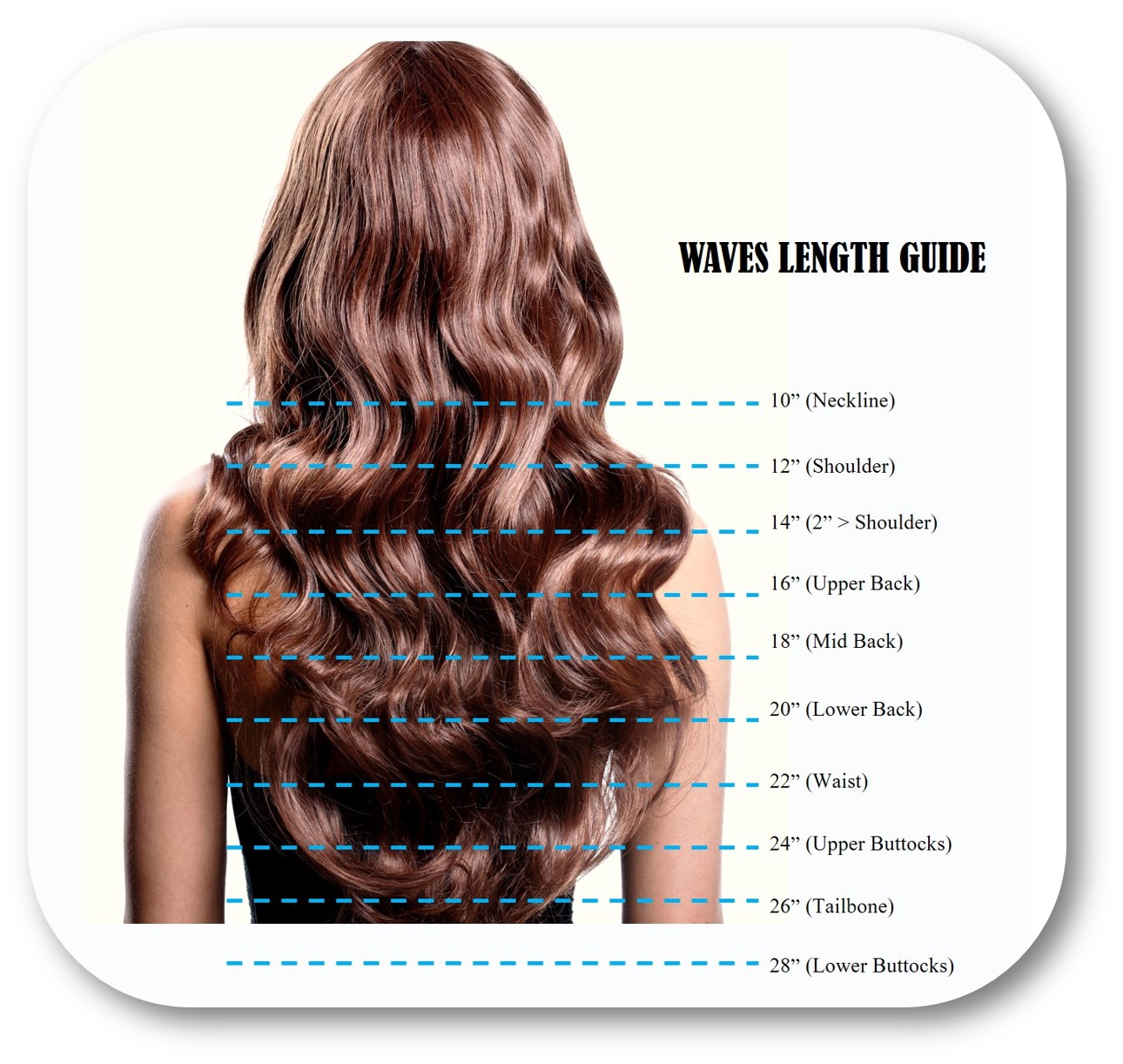
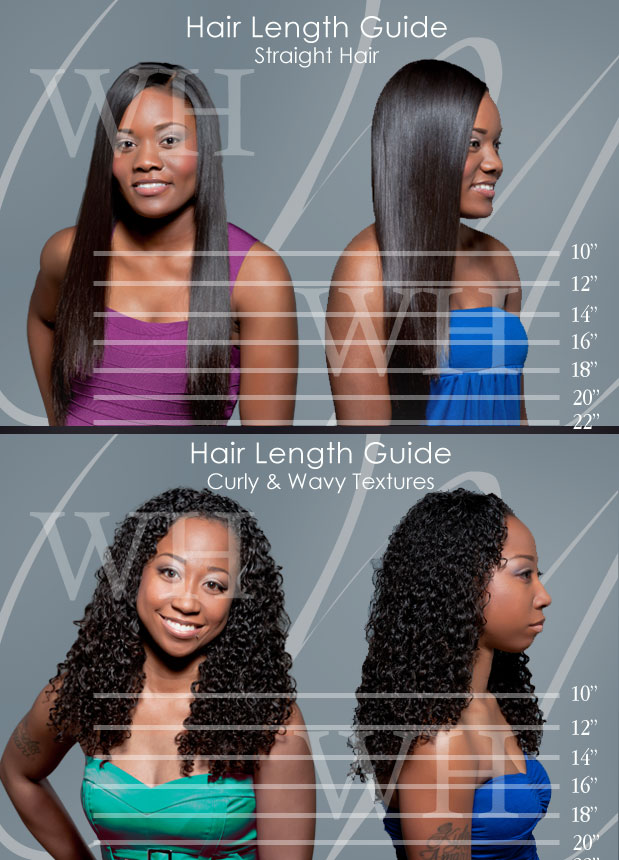
If you’re looking for a long-hairstyle that will turn heads, tailbone-length is a popular length. Meagin, a blonde model with light, silky hair, has been growing her hair for the past three months. Her first video, which runs more than nine minutes, demonstrates the best way to style tailbone-length hair.
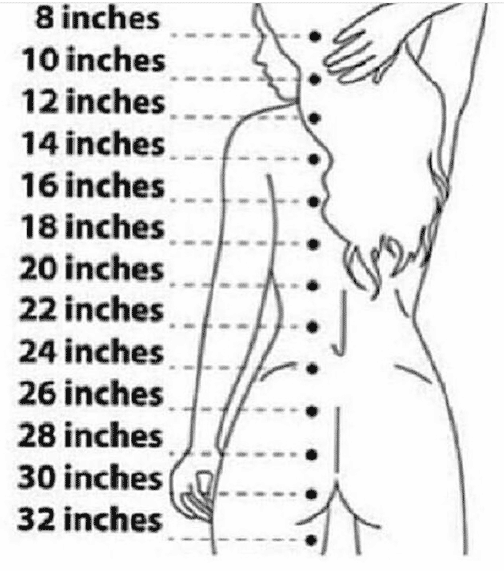
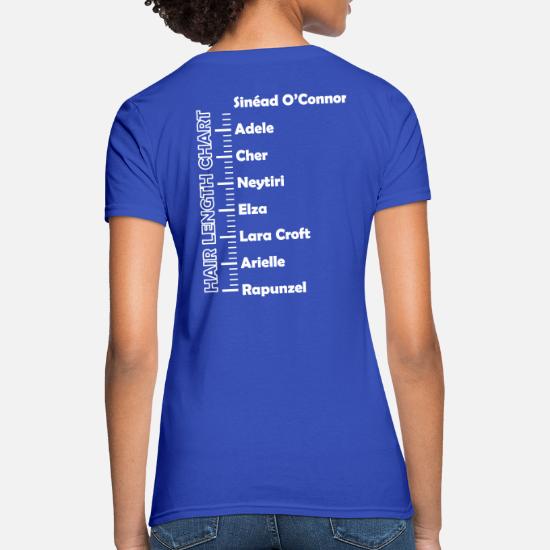
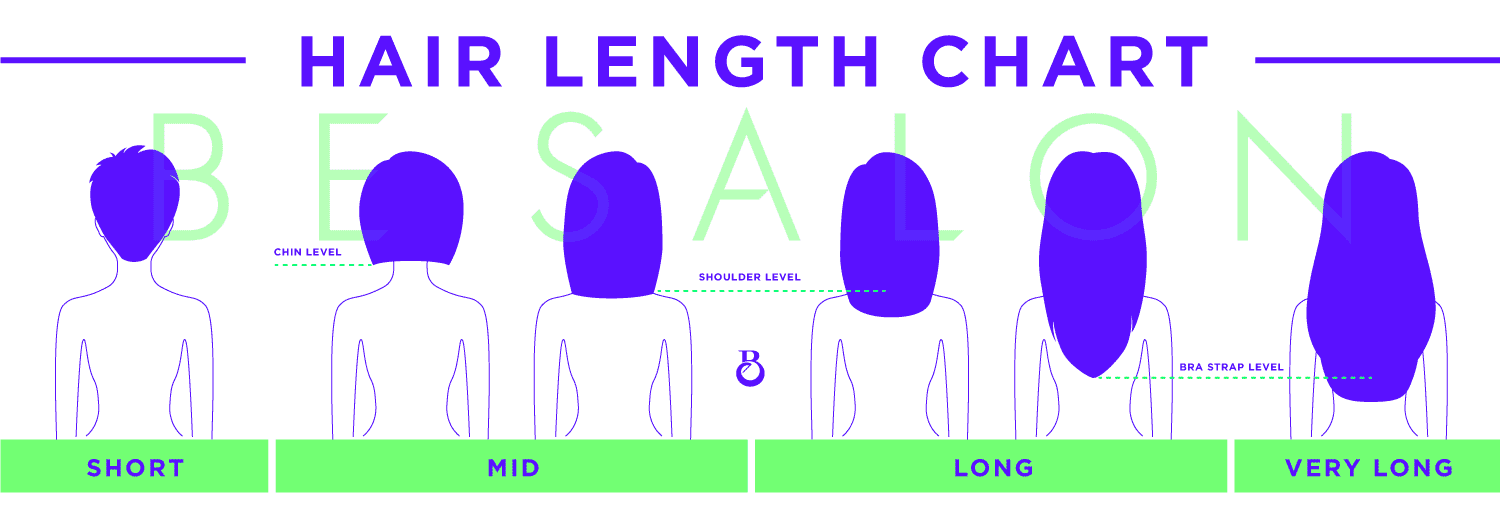

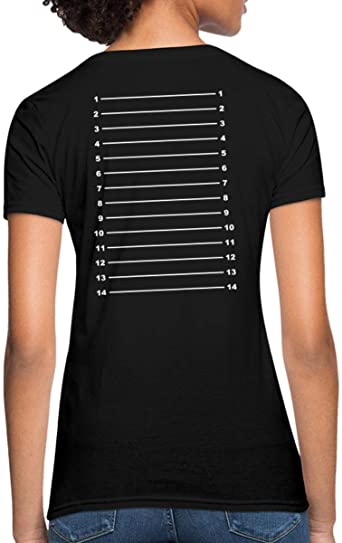
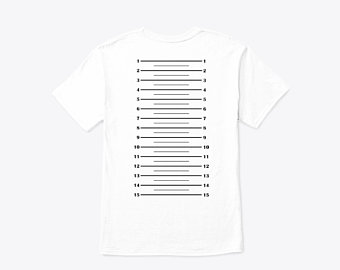
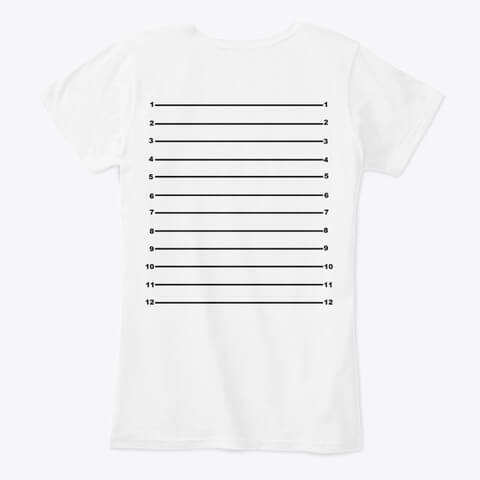

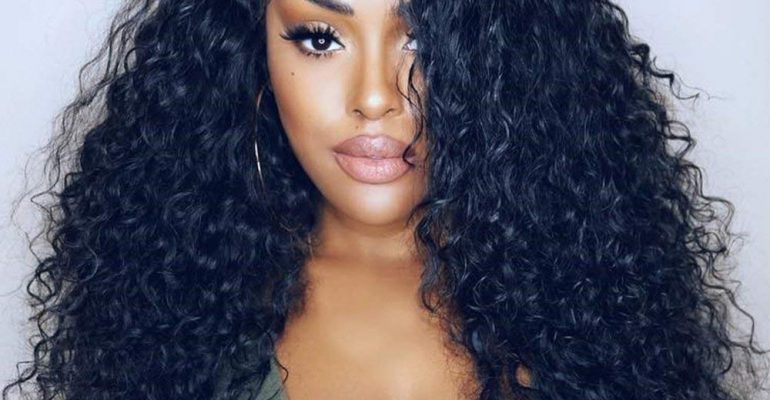
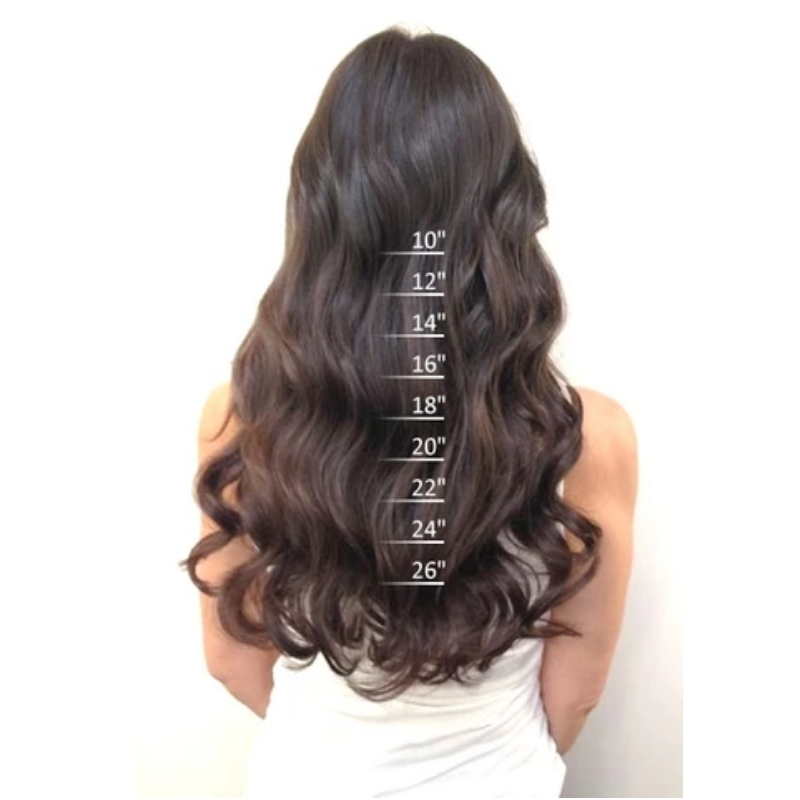

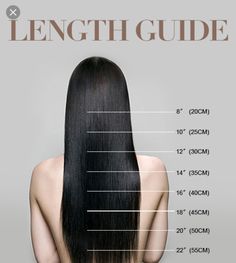
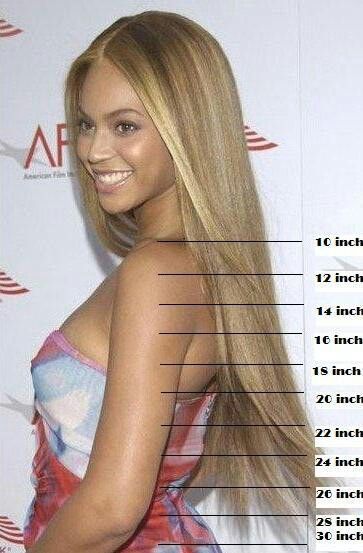
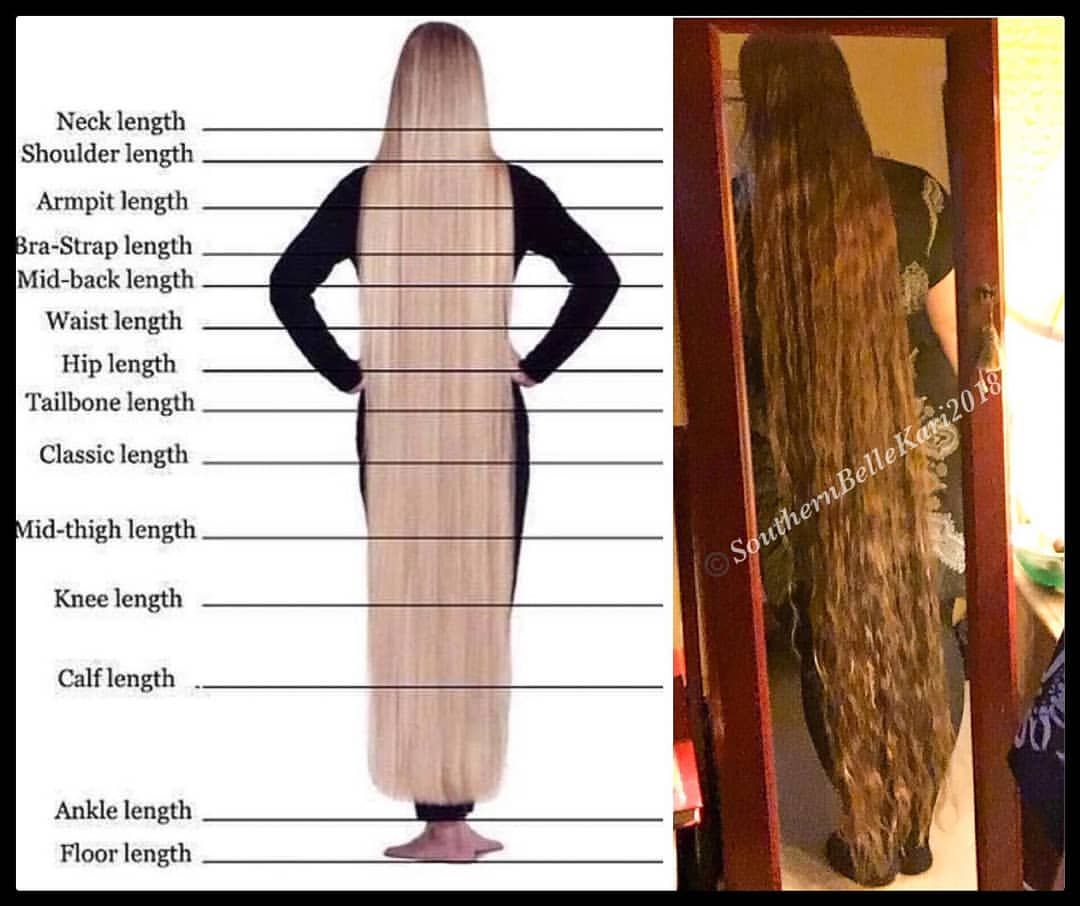
Ear-length hair
If you’re thinking about adding length to your hair, you need to know what it will take to reach your goal length. In order to achieve your desired length, the first thing you need to do is calculate the length of your hair from your ear to your ankle. You can do this by using a hair length chart.
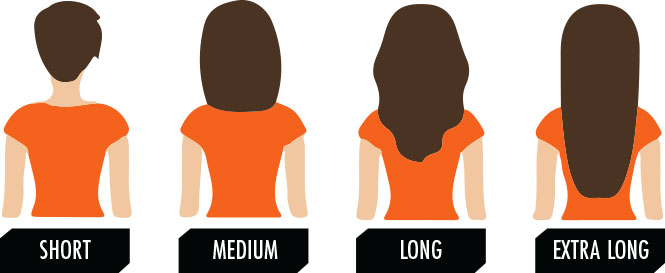
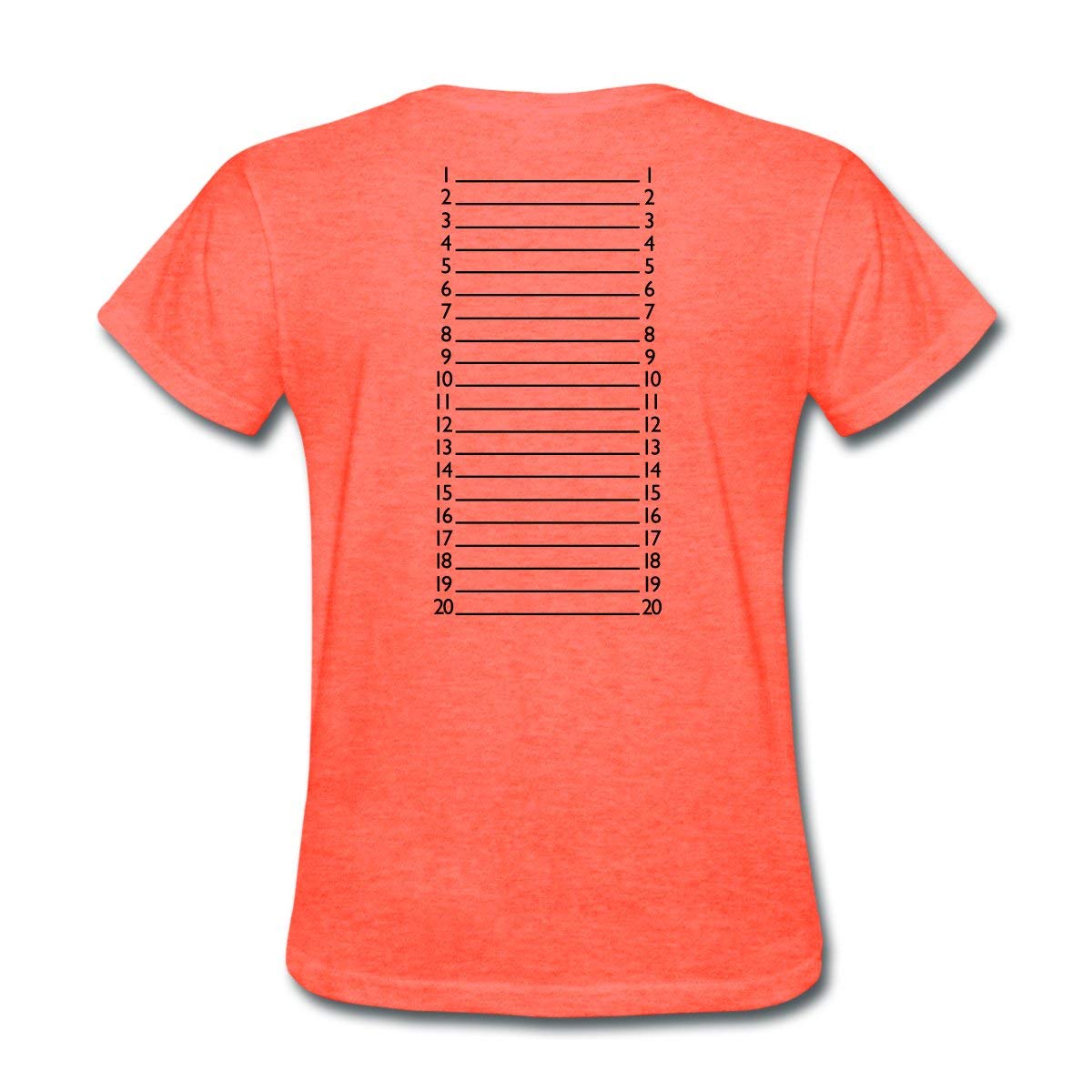
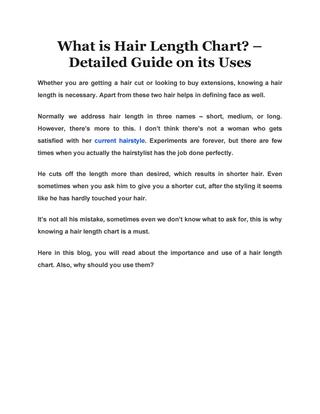
An ear-length haircut is typically a short haircut that hits right above your ear. The length may be blended, tapered, or short. It’s the second-shortest short haircut for women. You should use hair mousse to add weightless volume and body to your ear-length style.

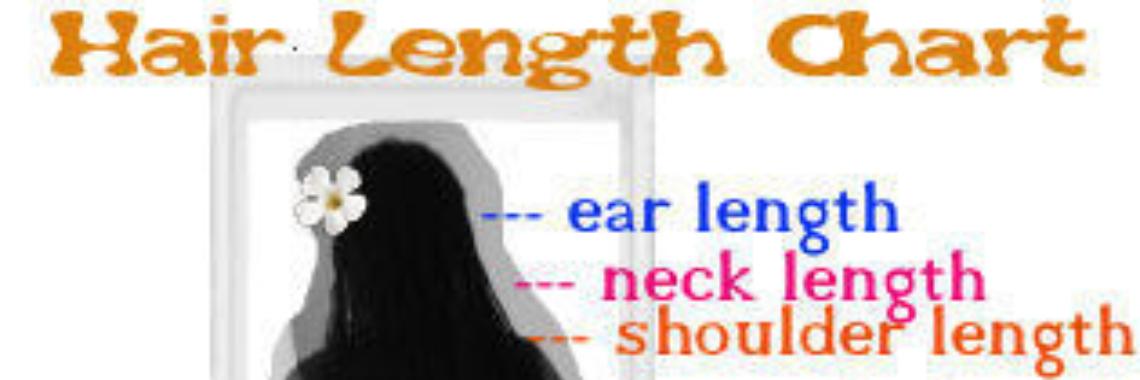

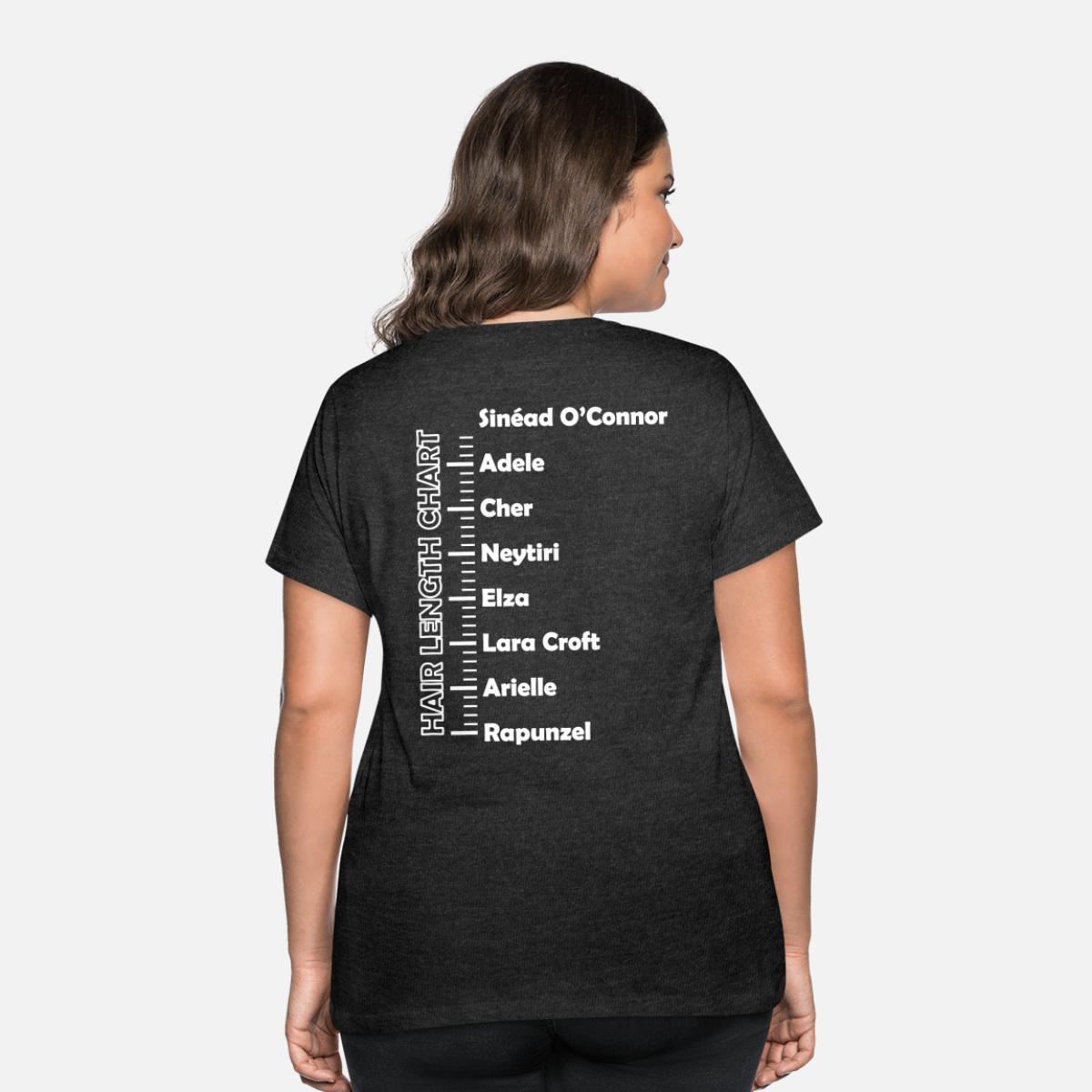

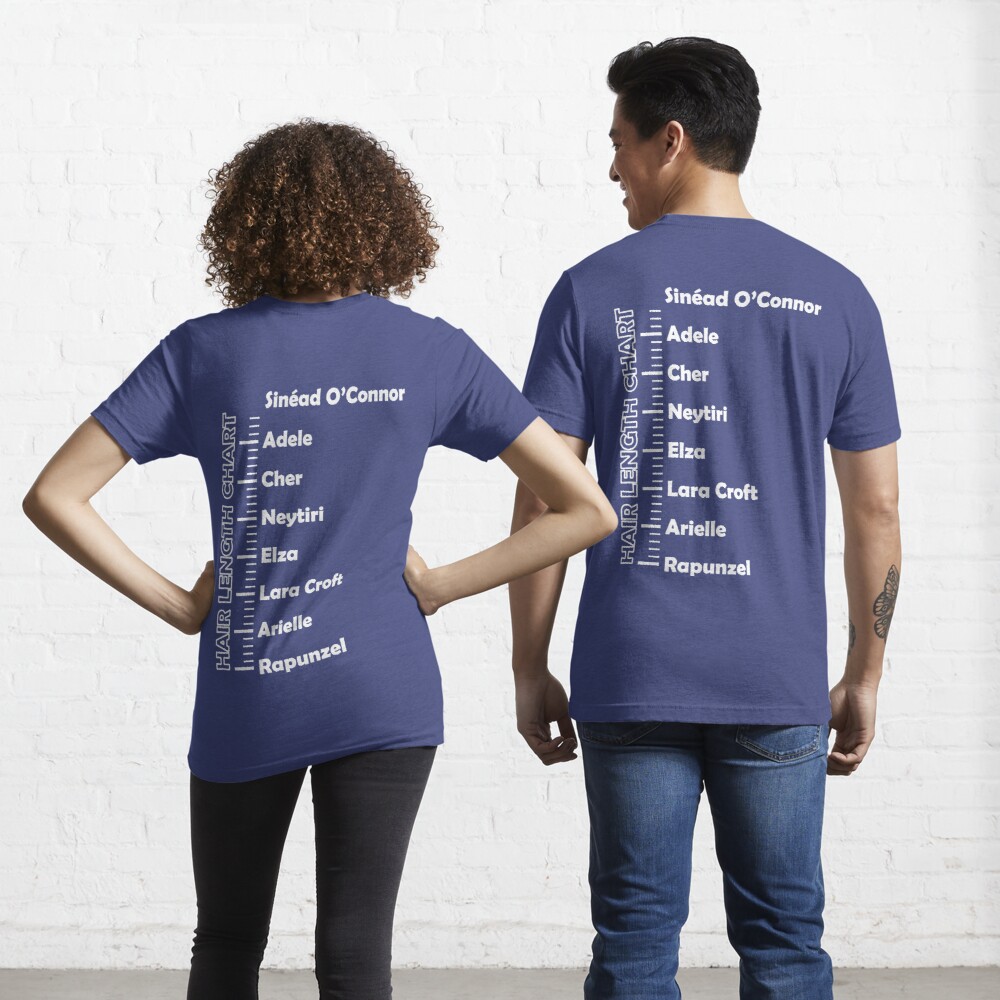
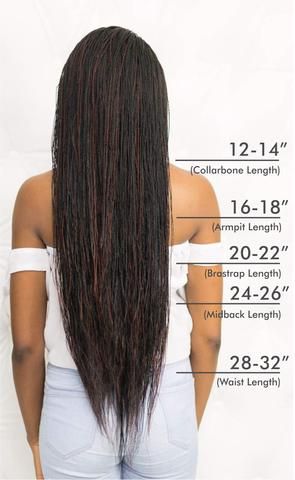
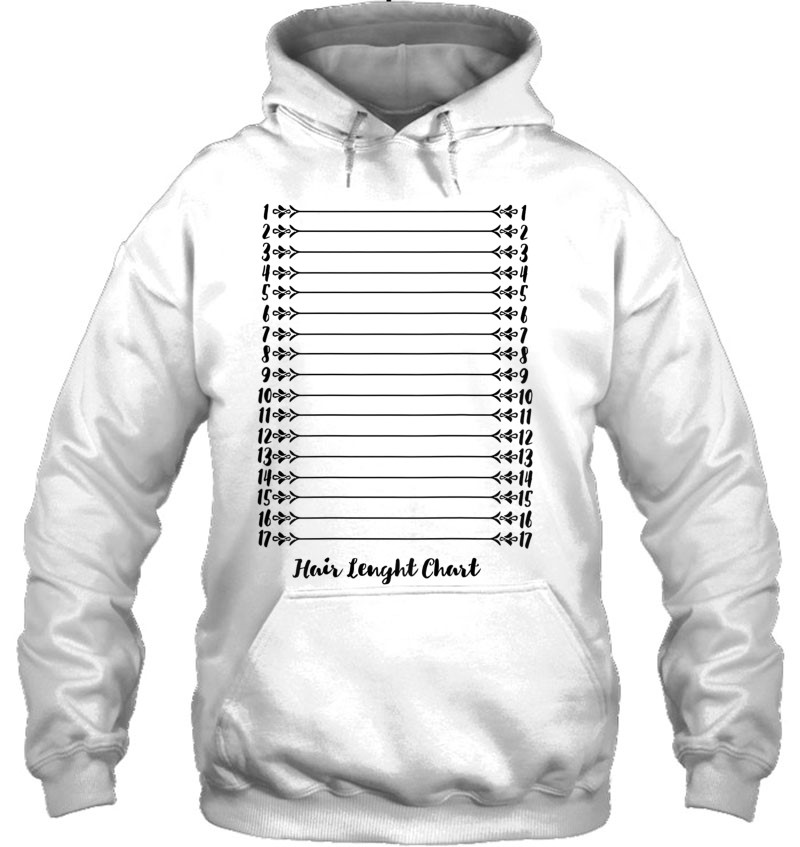
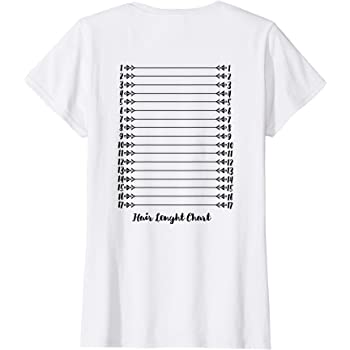
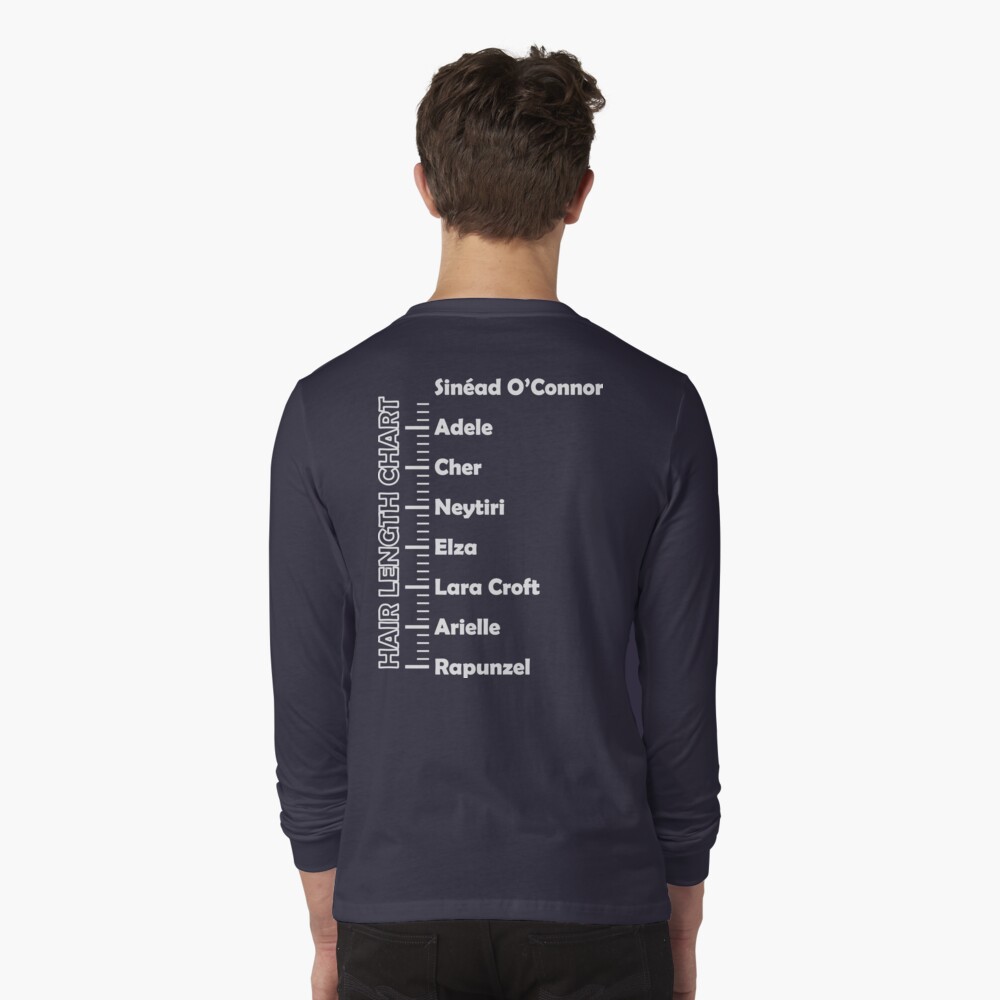
How to Use a Hair Length Chart
A hair length chart is a helpful tool in choosing the length of your hair. This chart varies depending on the type of hair you have. It will also depend on your height. Long hair can add inches to your height, so it’s important to choose a length that’s appropriate for your height.
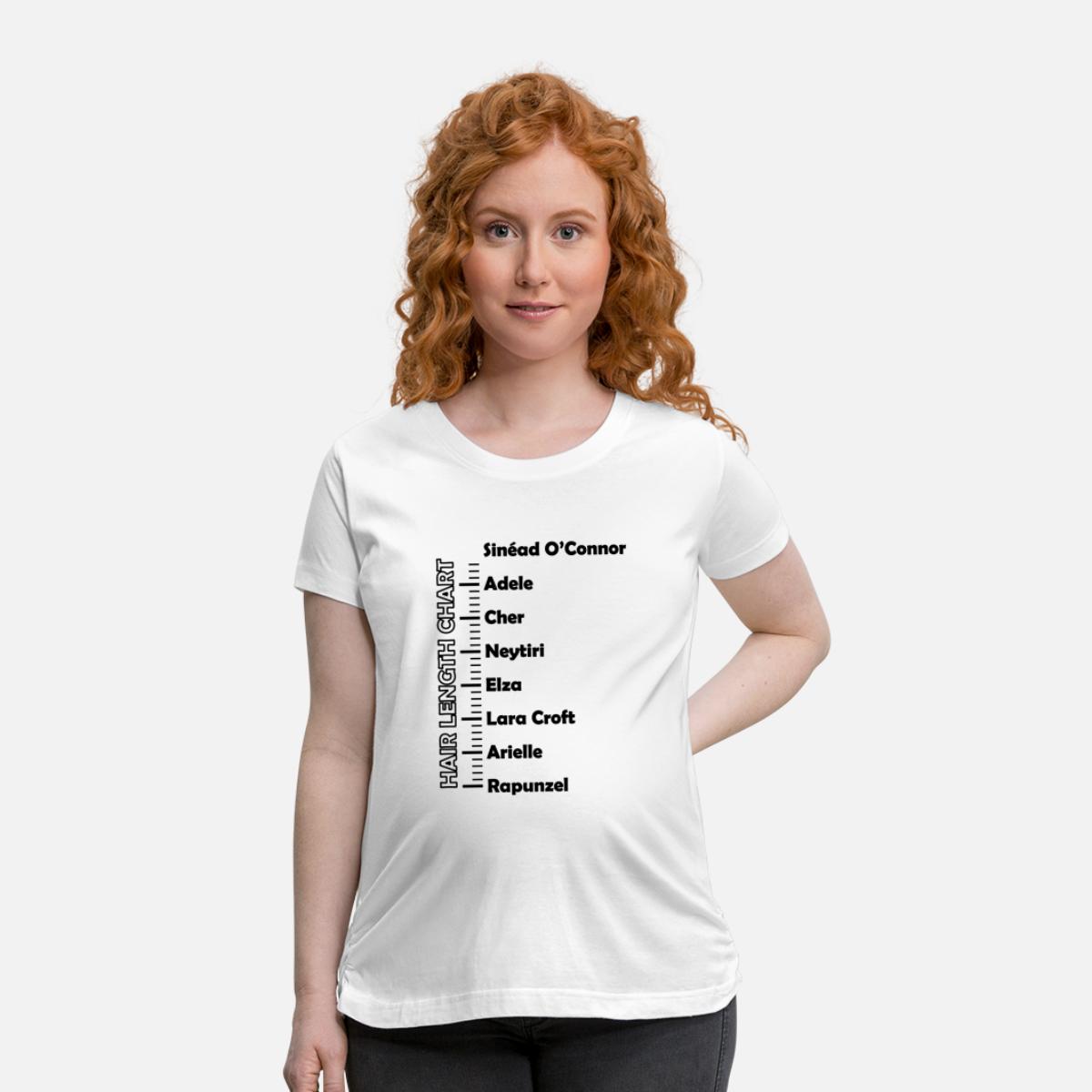

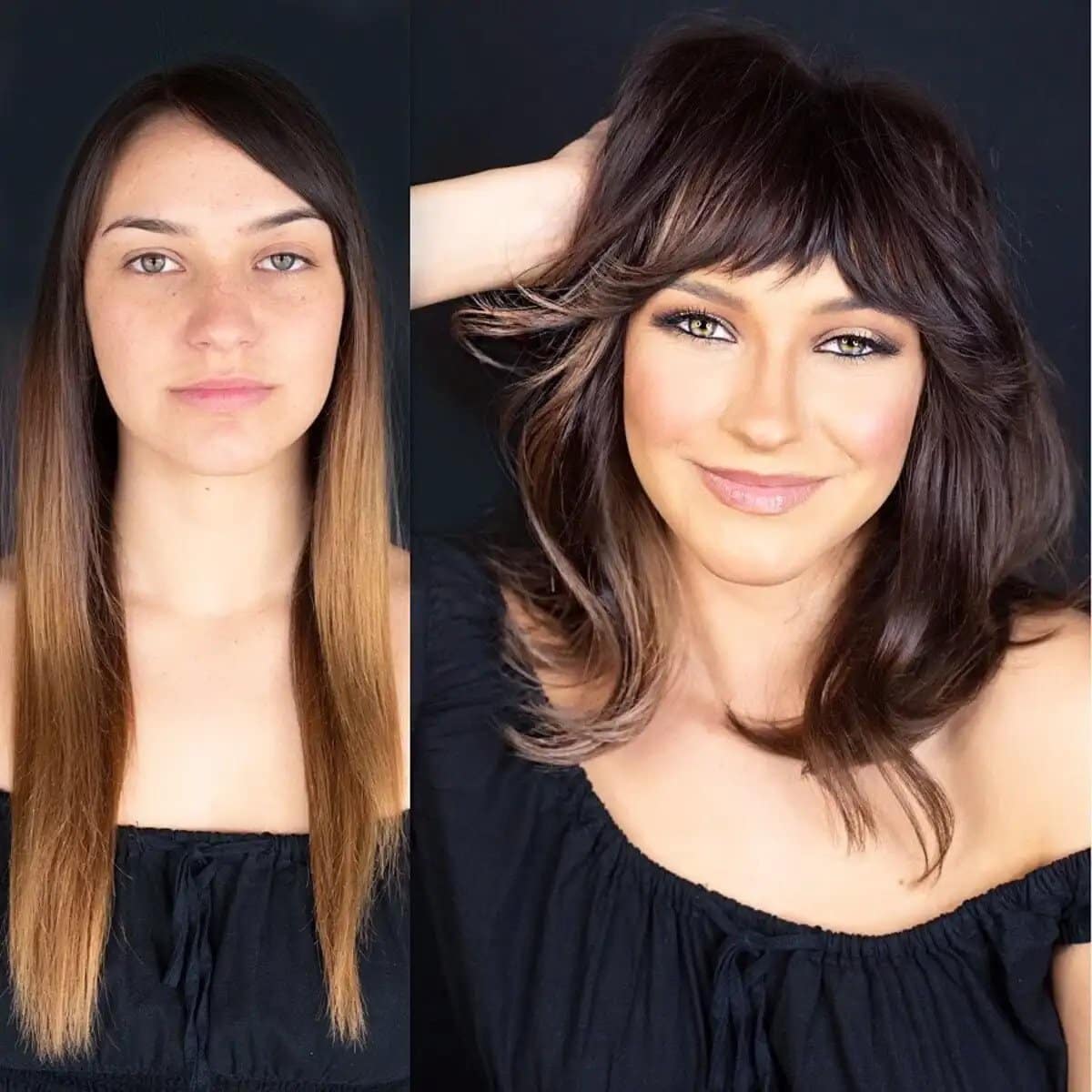

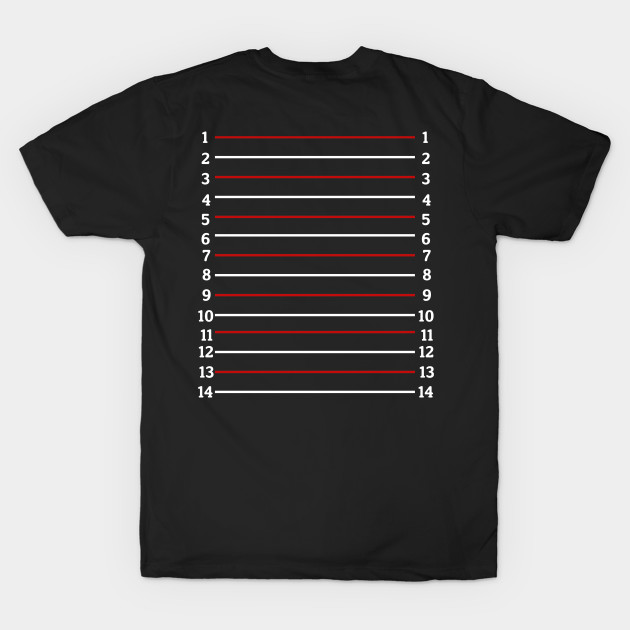
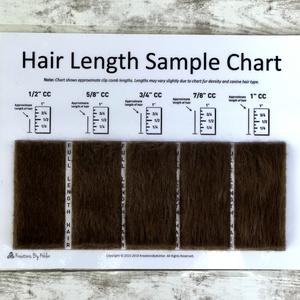
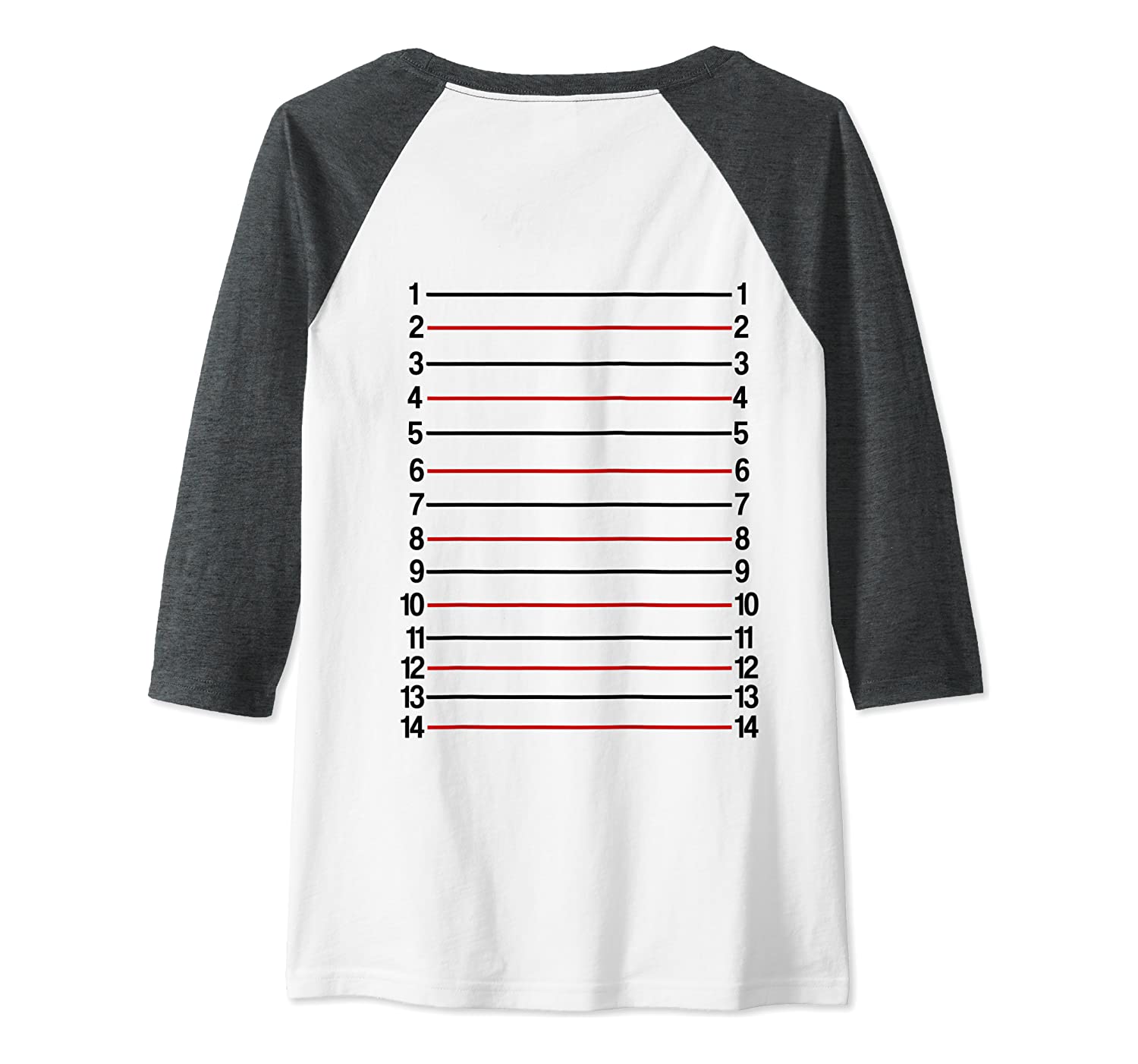
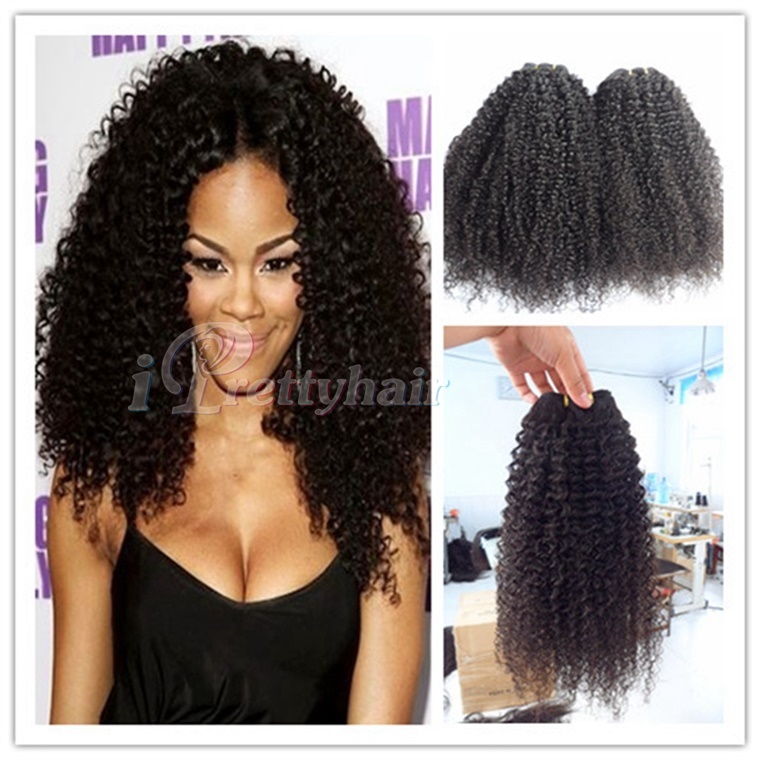

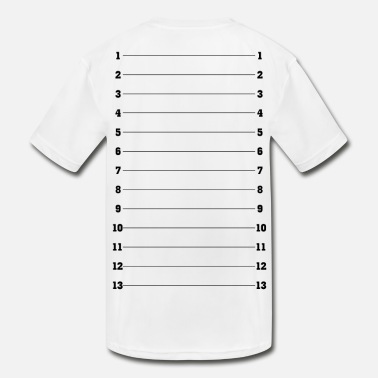
Armpit length
The most obvious way to recognize armpit length hair is the cascading appearance. This style is flattering to any face shape, and works well with bangs or layers to add texture and volume. Be careful not to overdo it, however, as this type of hair can be too heavy for many faces. It can also artificially elongate the face. So, make sure to find a length that flatters your face shape and style accordingly.
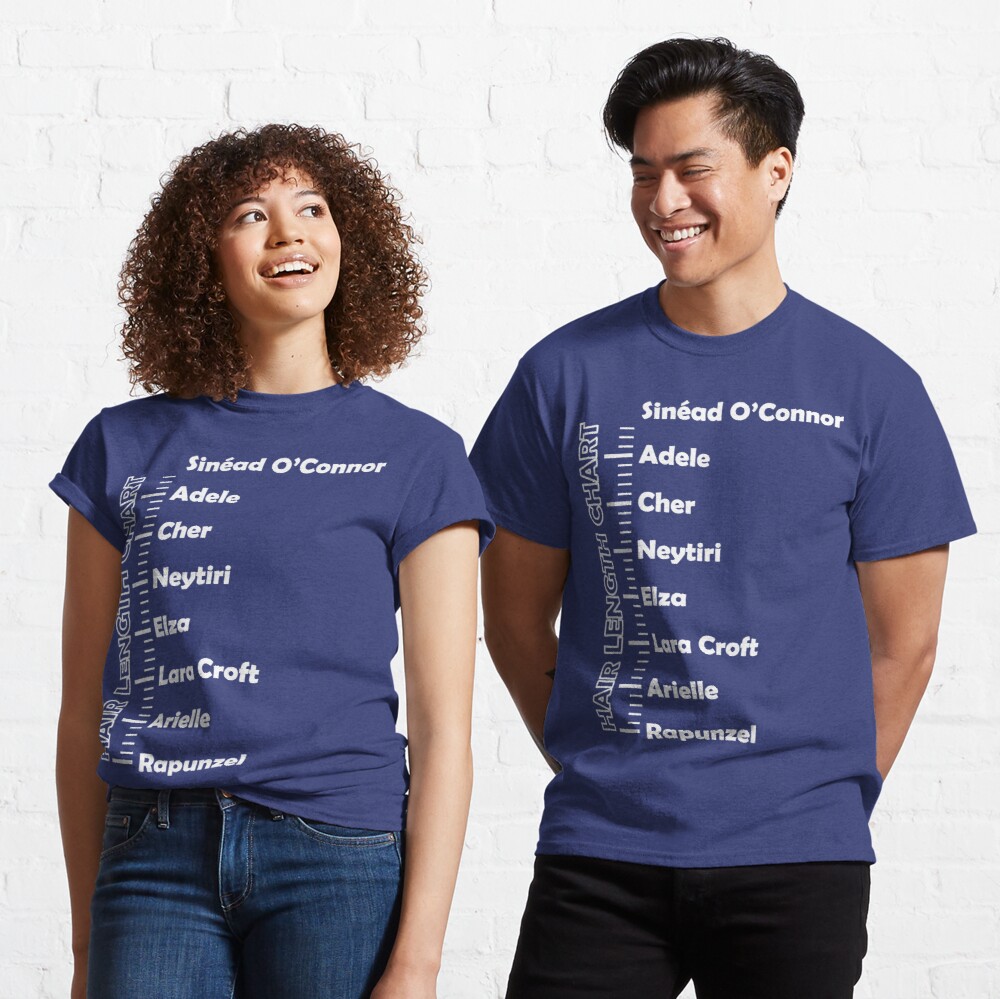
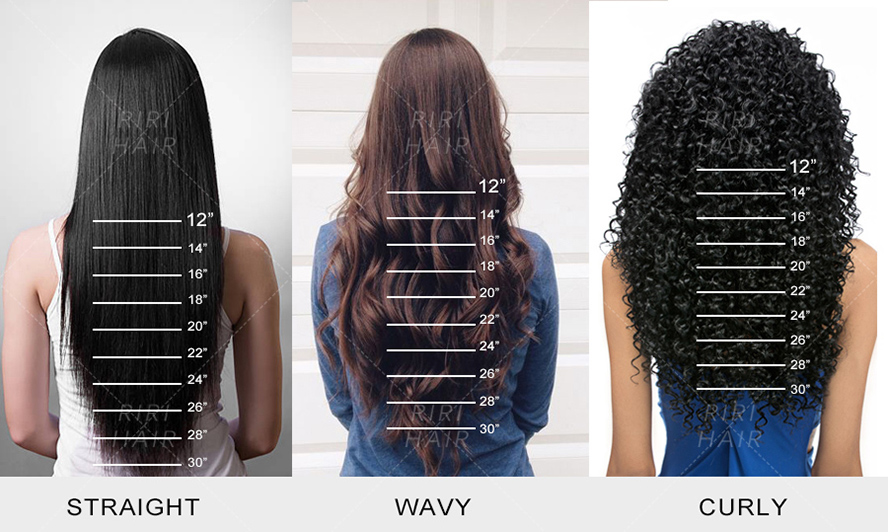
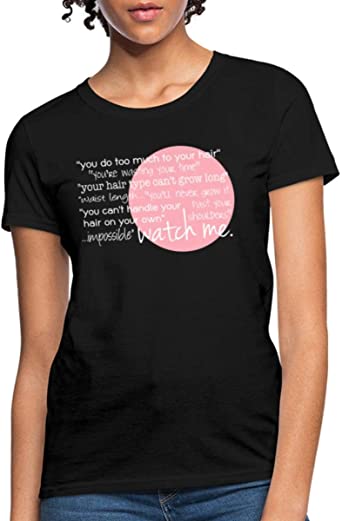
Armpit length hair is considered medium-long hair. The average length of armpit-length hair is 18 inches for straight hair, 20 inches for wavy hair, and 22 inches for curly hair. This length looks glamorous when styled with deep layers and loose waves. A medium-length style measures 24 to 26 inches in length for straight or wavy hair, and up to 30 inches for curly hair. This length is classy and flattering when tied up.
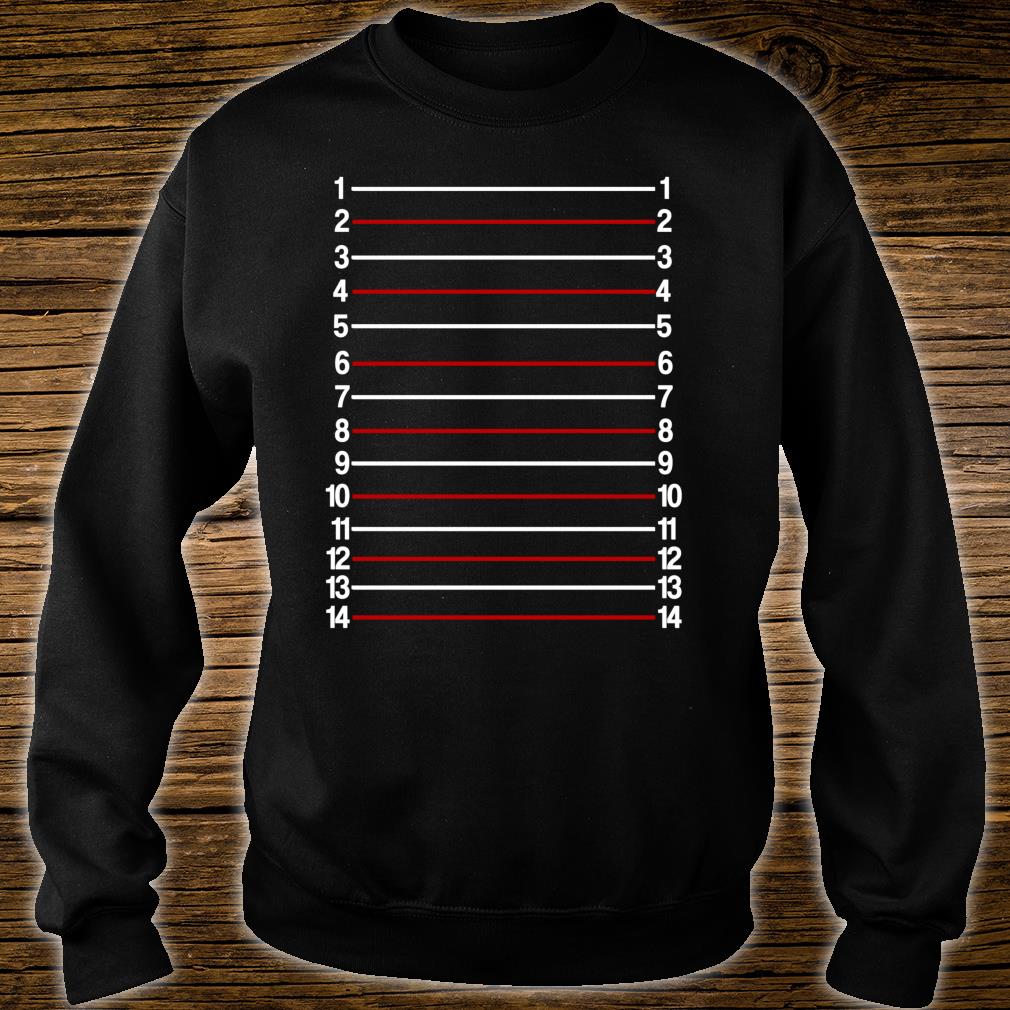
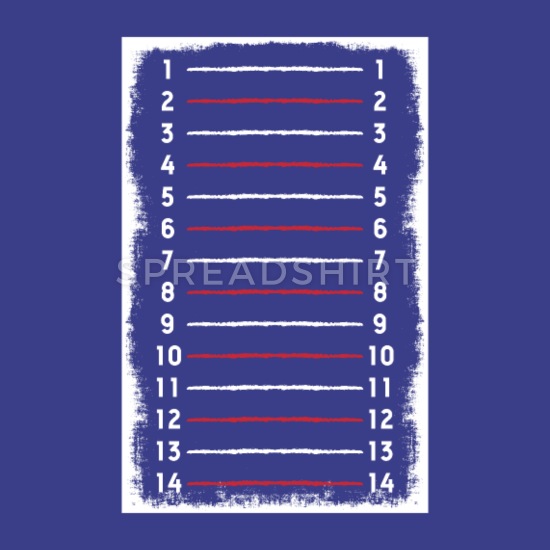

To measure your armpits, first measure your chest. To do this, hold your arm just barely bent. Take the measurement from the base of your neck across your shoulder. Next, measure the top outside edge of your shoulder, then around the bend of your elbow and wrist. Repeat this process for the other arm.
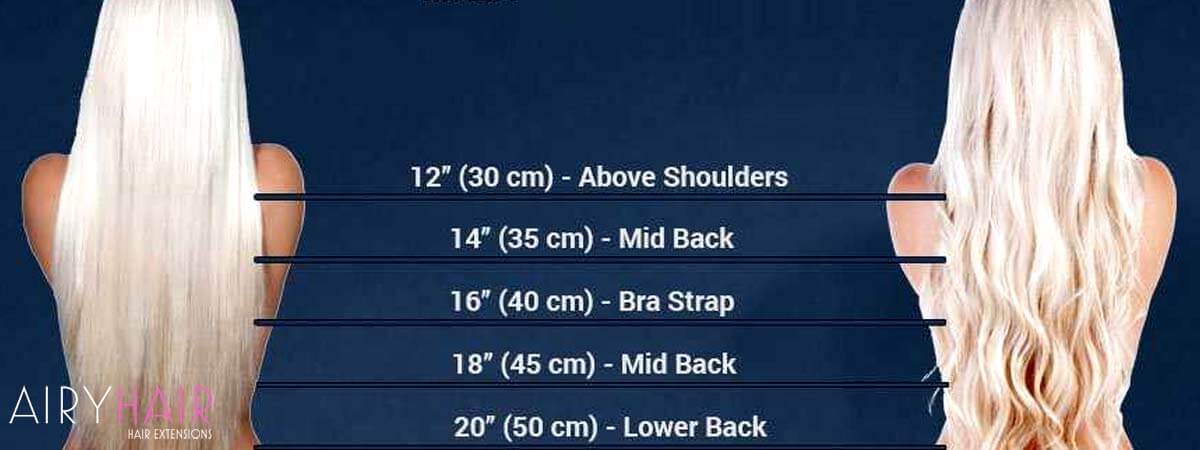
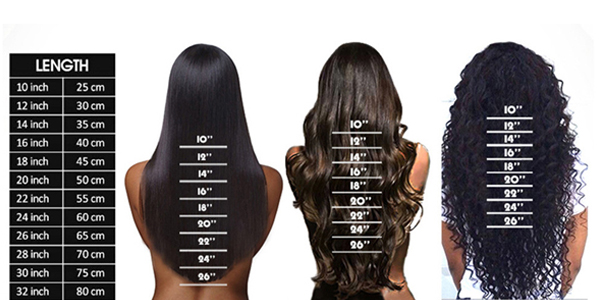
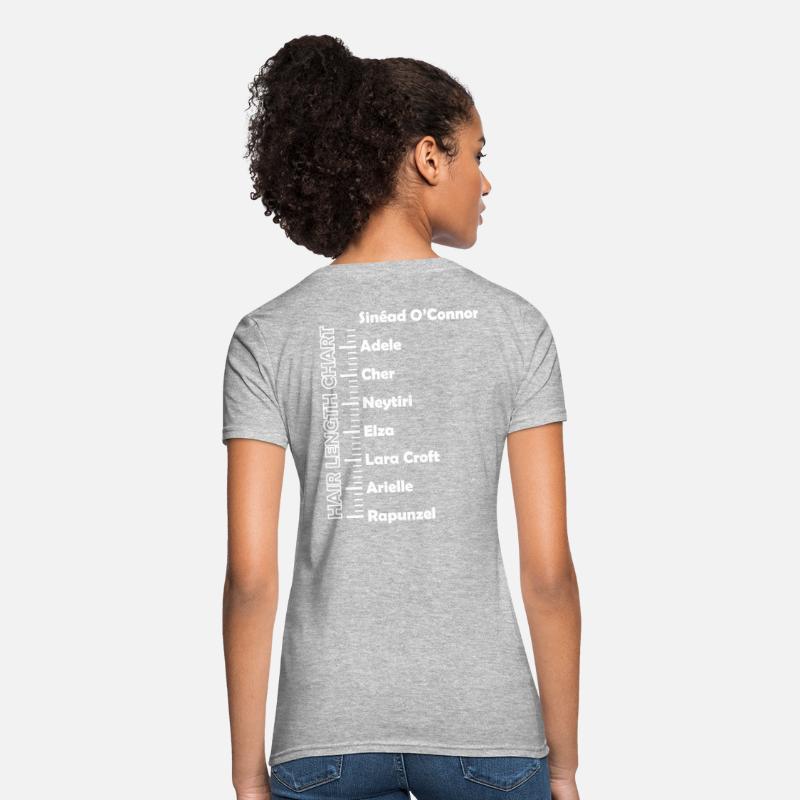
Ear length
The ear is a complex structure and there are several factors that determine how long your ear should be. Generally, men’s ears are longer than women’s. In fact, the average adult ear is approximately 2.5 inches long. The lobe of the ear is about 0.74 inches wide, and it also grows larger as you age.
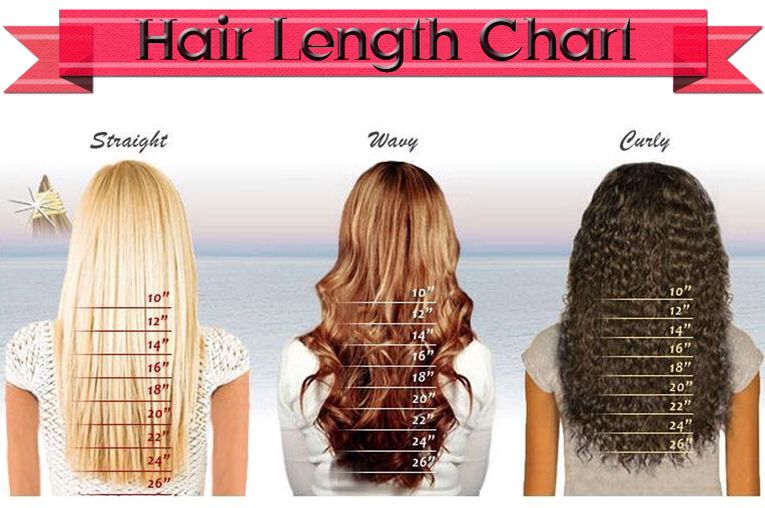
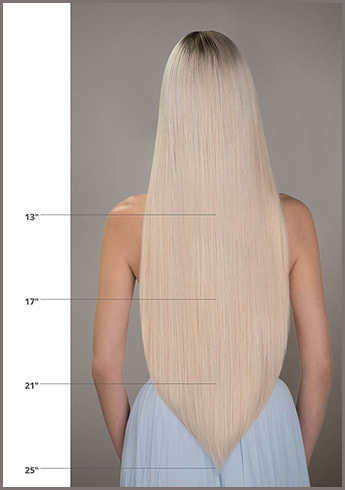
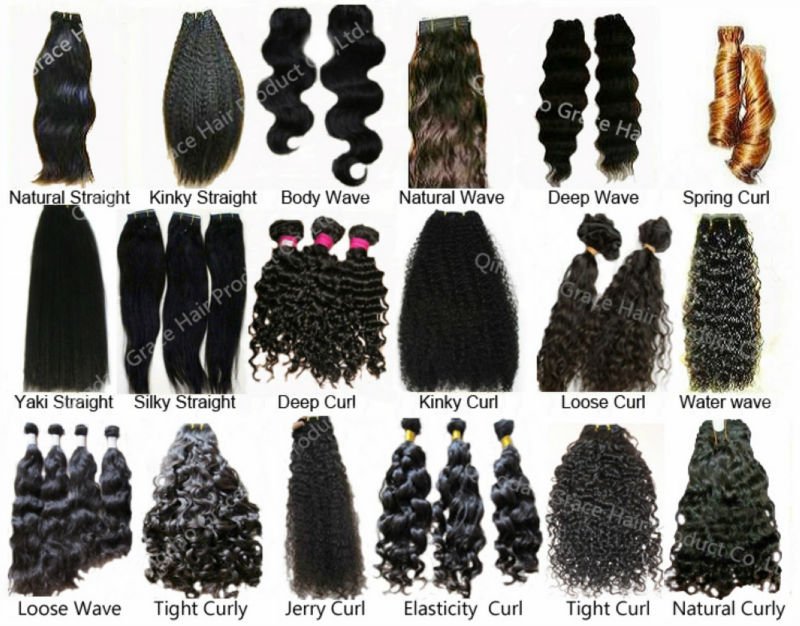
To determine a person’s ear length, the first step is to measure it. The auricular length is usually determined by measuring the distance from the outer canthus to the outer ear. The ear length is then compared with the length of the tragus. In a study that involved 445 adults, the length of the tragus was statistically significant. Other variables of the ear, such as the size of the lobule, were not statistically significant.
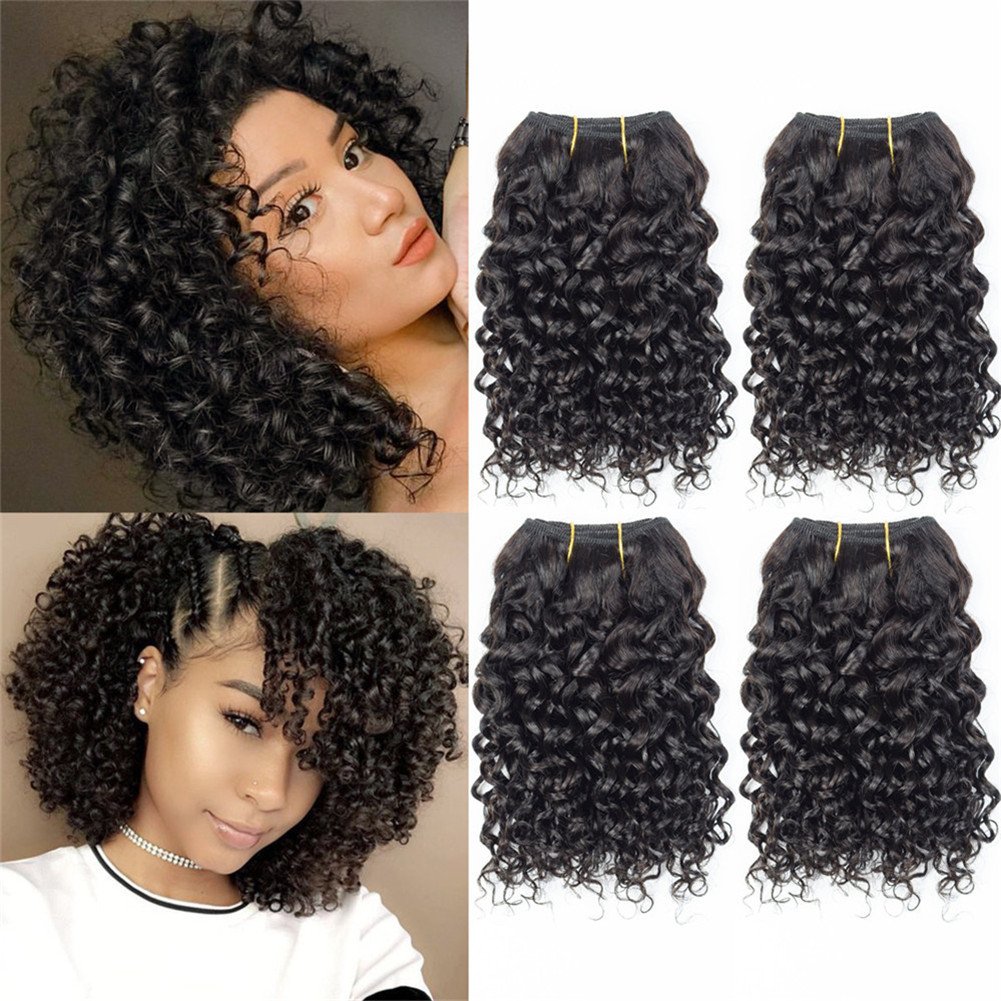
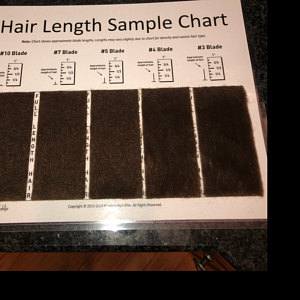
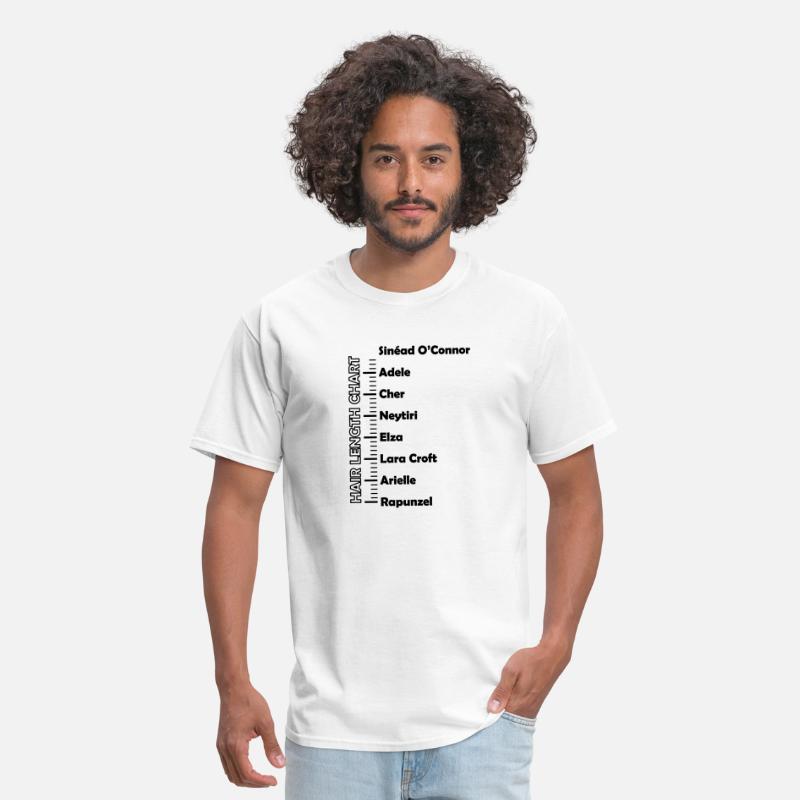
Ear length is important for identifying congenital malformations. It is also useful for otoplastic surgery. In fact, this chart helps doctors diagnose people with various deformities of the ear. However, a person’s ear length is dependent on age, sex, and other factors. Males have larger external ears, while females have smaller ones. Moreover, the human ear continues to grow even after adulthood.
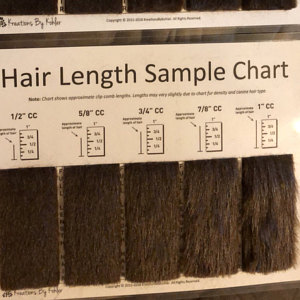
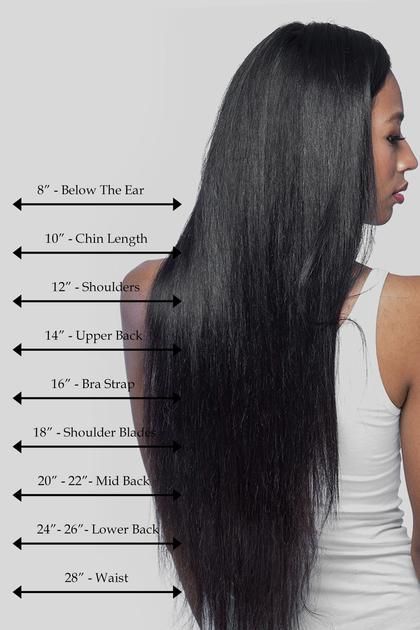
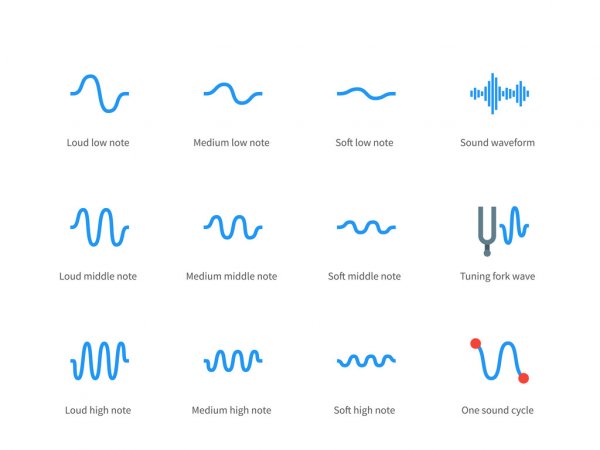
While an ear gauge size chart may appear confusing, it is a great way to find out your own ear length. It shows the length in inches and millimeters. The next size increment after the 00 gauge is seventeenths of an inch. It is important to know your ear size before buying an ear gauge.
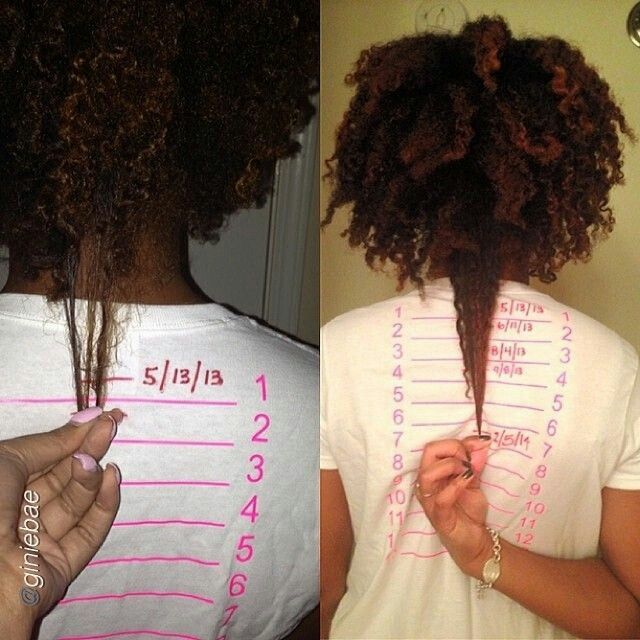
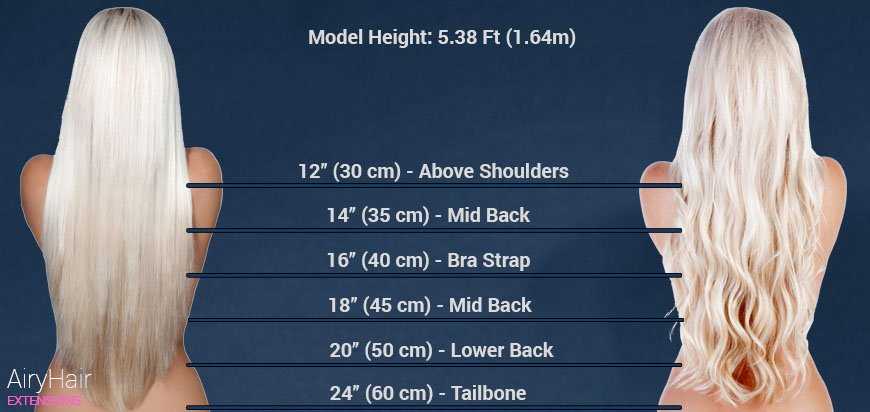
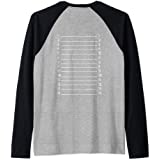
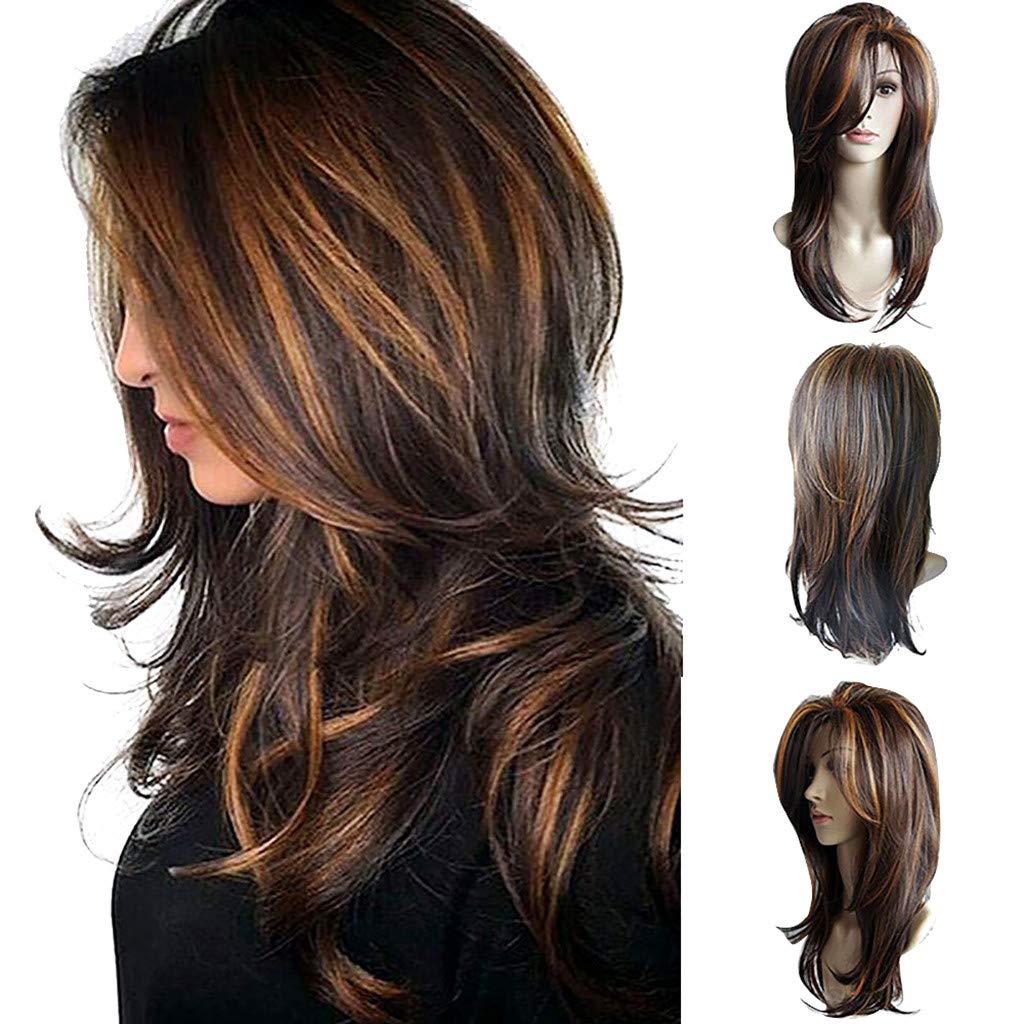
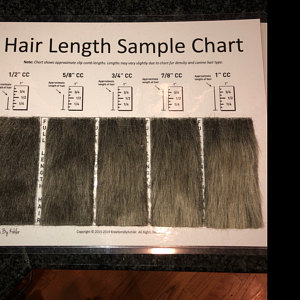
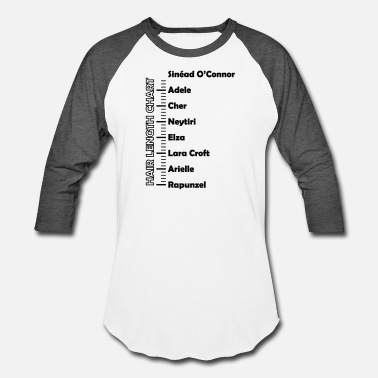
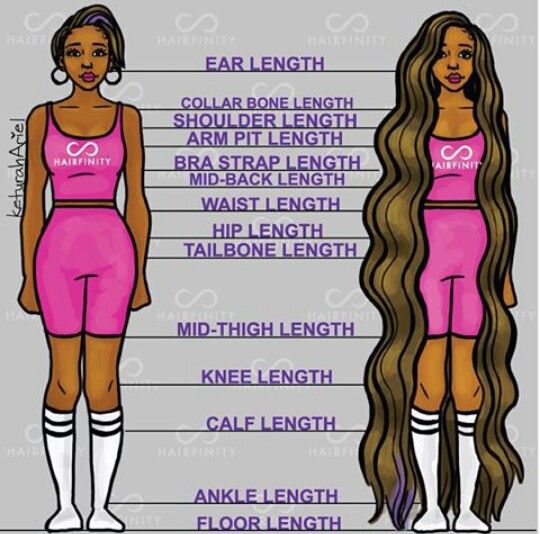
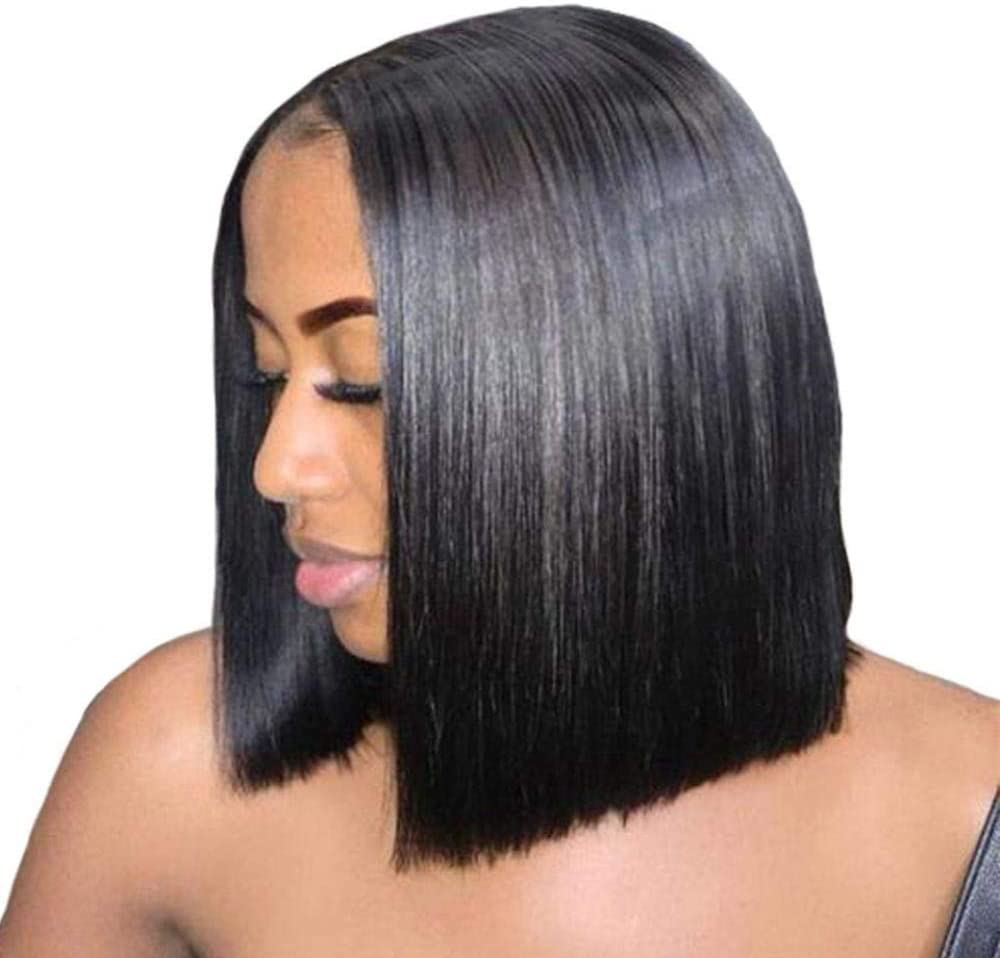
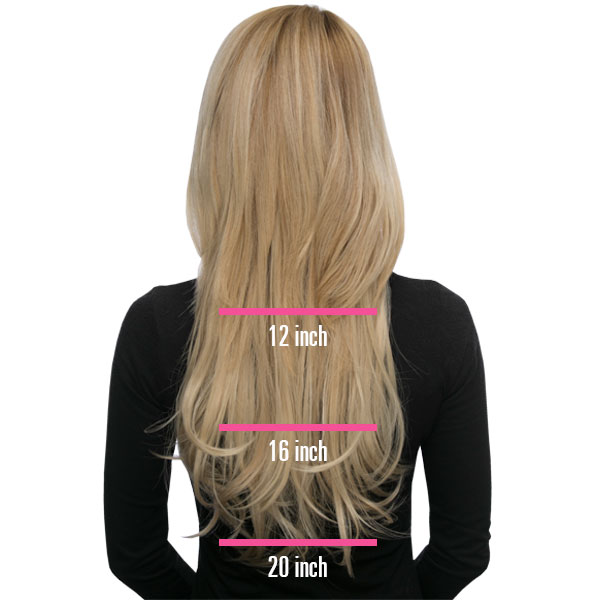
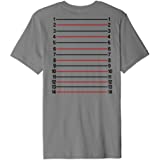
Shoulder length
Shoulder length is an important measurement for men. The older generations of men tended to have smaller shoulders than their younger counterparts. However, the younger generation tends to have wider clavicles, which may explain the age-based variations in shoulder size. Typically, a six-foot-tall man will have shoulders of around 16 to 17 inches. However, this measurement does not account for the size of the deltoids or upper back muscle.
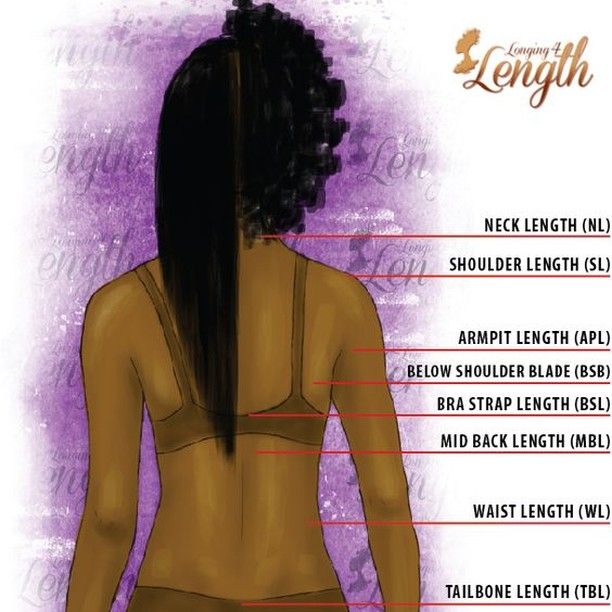
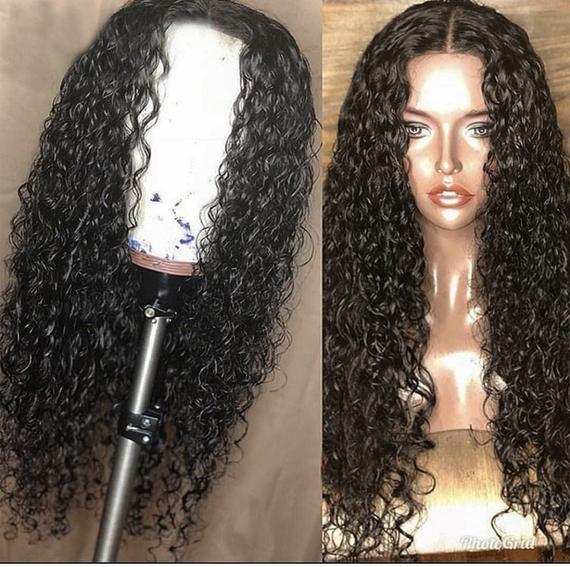
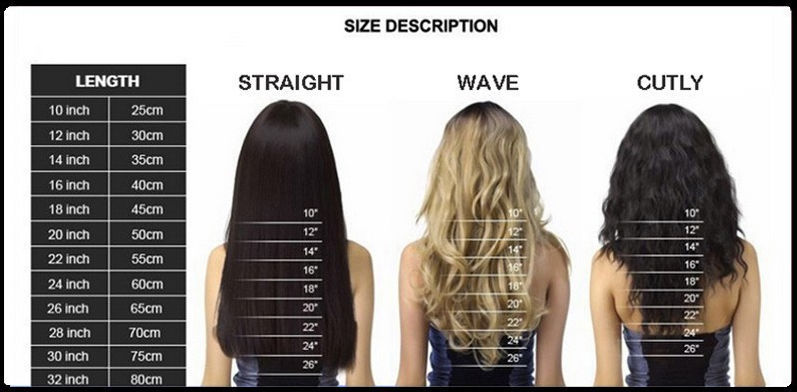
When measuring shoulder width, most tailors will use the acromion bones. These bony points sit just above the shoulder joint and tell where the arm starts and the shoulder ends. This measurement is also called shoulder-to-shoulder. It is commonly used by clothing brands. The width is measured across the upper back, from one shoulder point to the other.
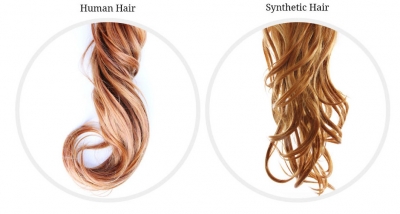
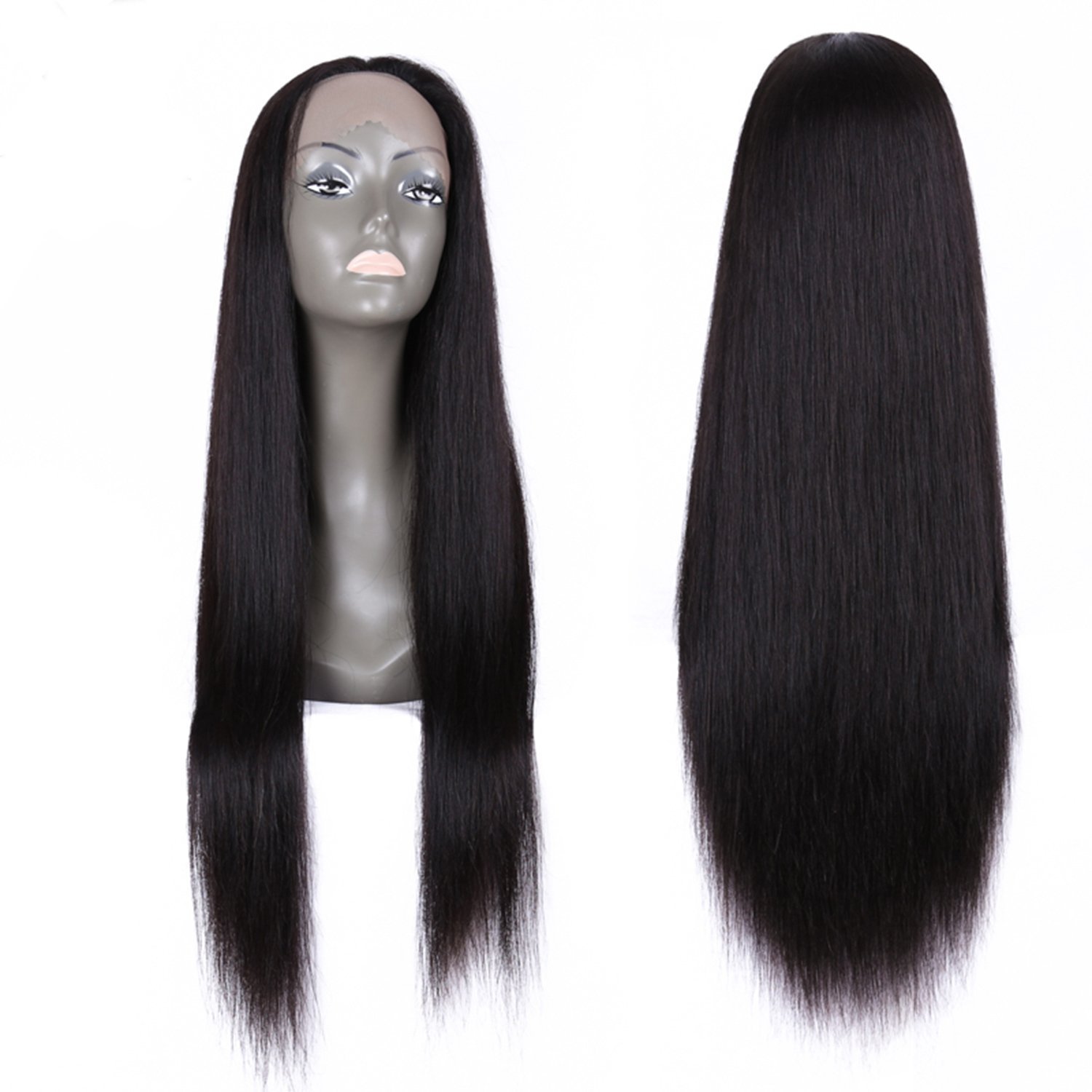

In addition to shoulder length, shoulder breadth is also a key measurement to remember. Researchers use these measurements for a variety of reasons, from designing cars and chairs to clothes and assistive devices. However, shoulder width has changed over time and you need to have recent measurements to be certain. Luckily, shoulder width charts have helped us get a handle on this.
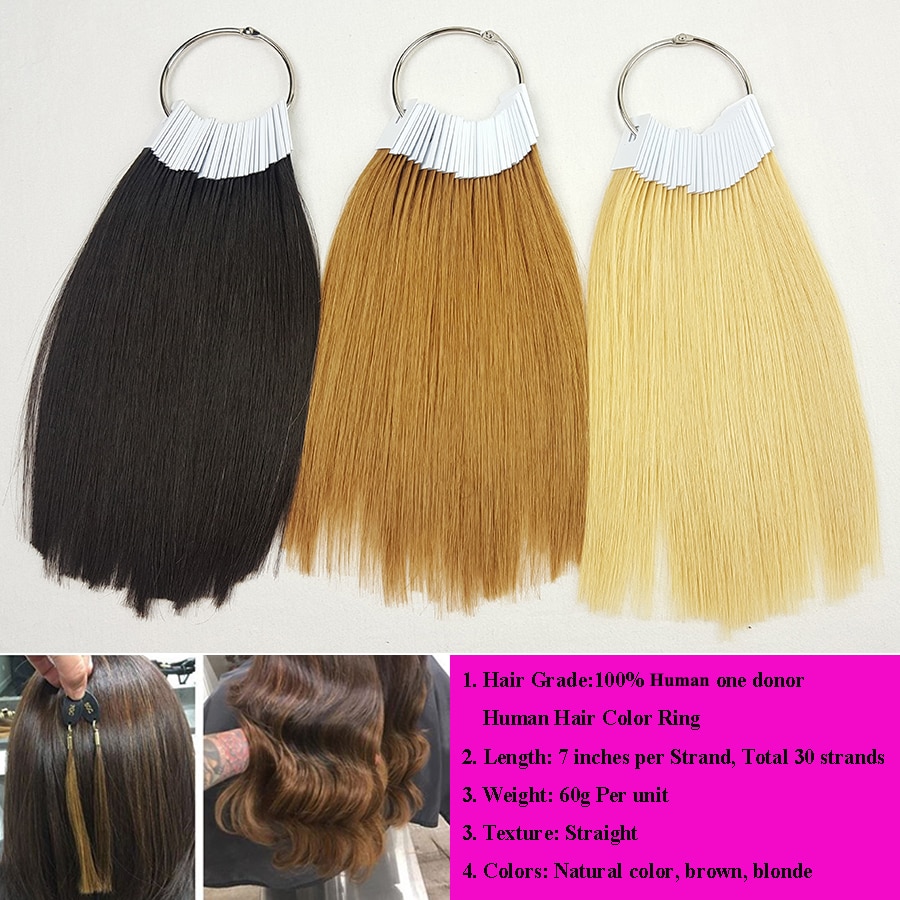
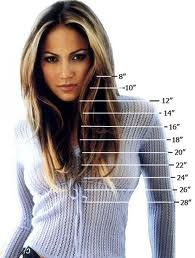
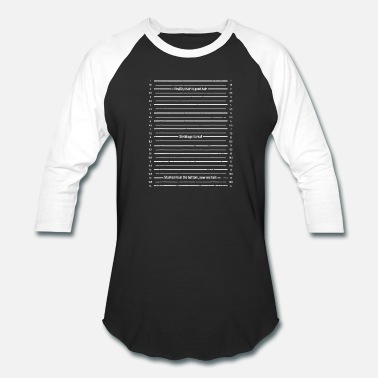
Shoulder width is an important measurement to remember for men. This measurement can be inaccurate but it will give you a fairly accurate idea of your shoulder width. Taking measurements of shoulder width is important when shopping for a tailored shirt. Wear a shirt with sleeves, and measure the width of your shoulders. If you’re unsure about shoulder width, consider getting a standard shoulder width measurement, which is often more accurate.
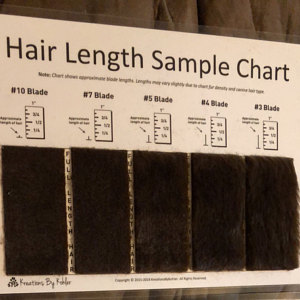
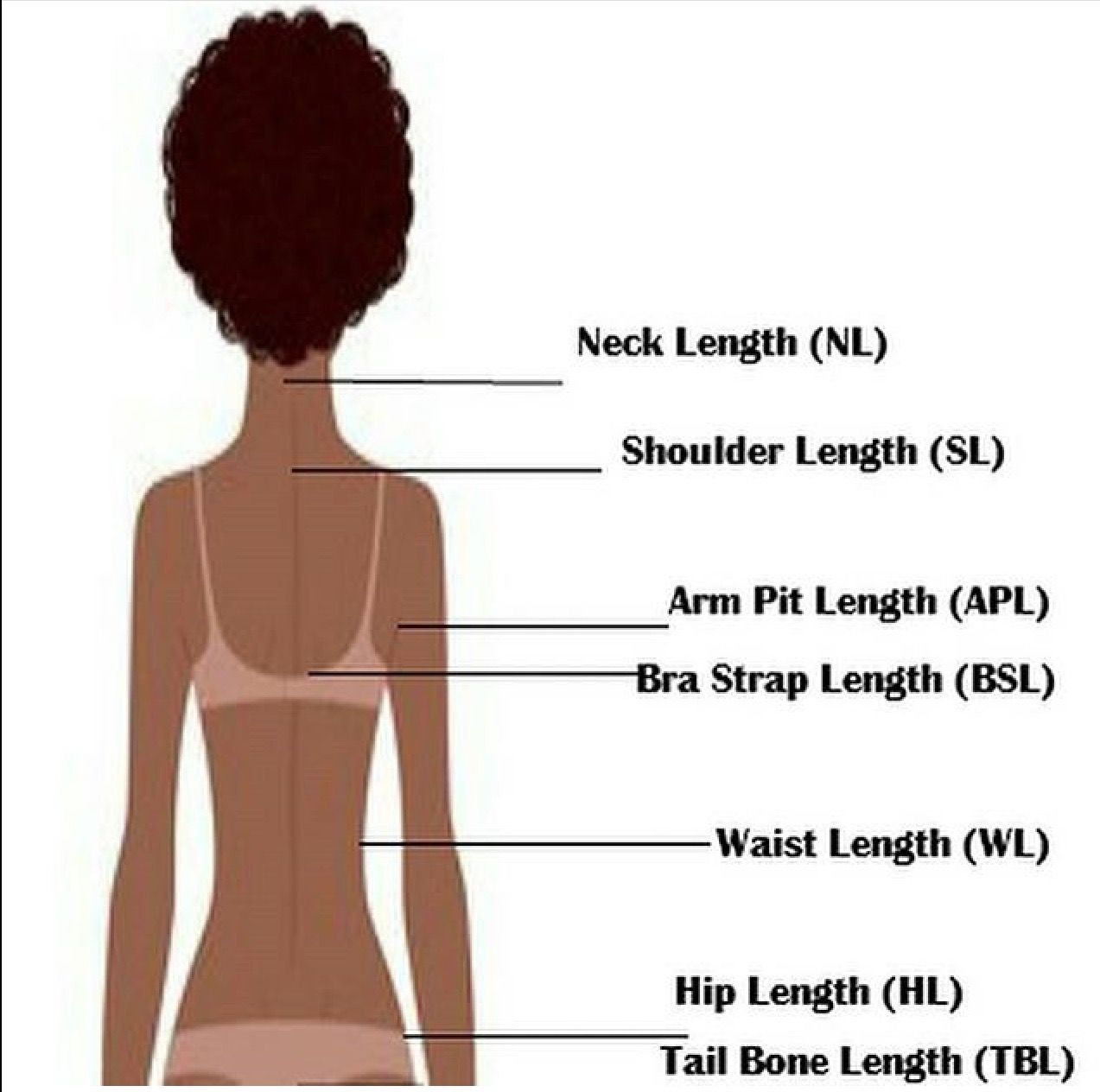
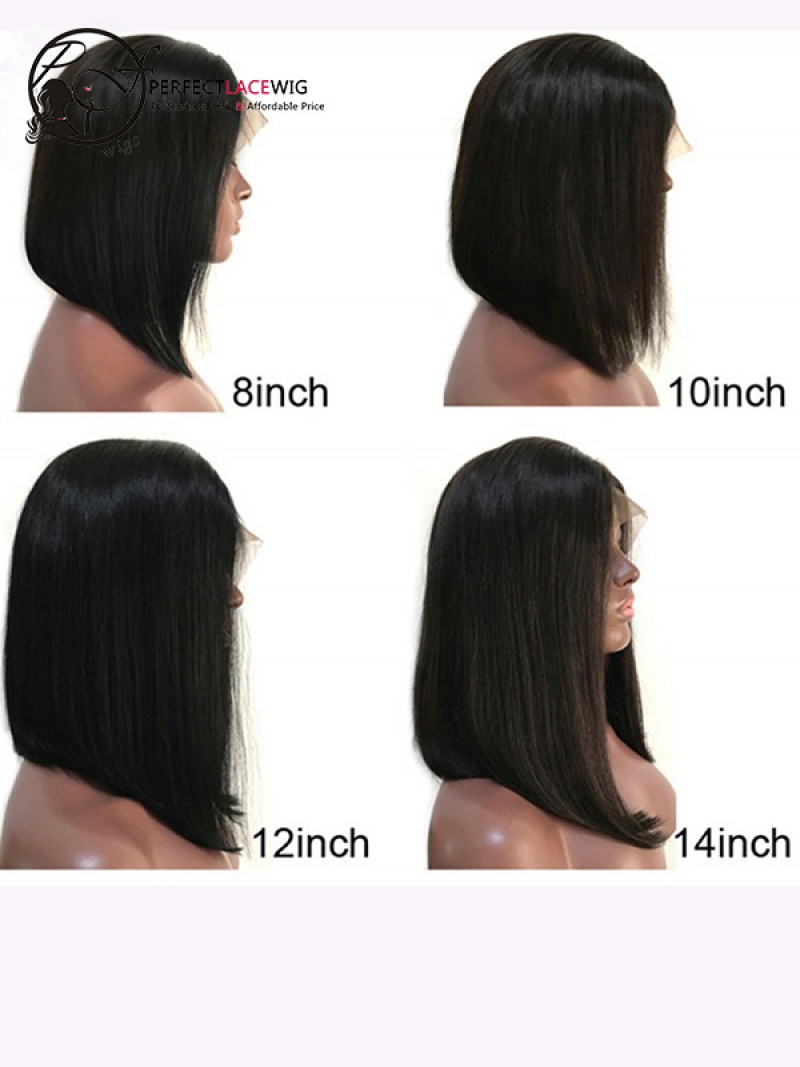
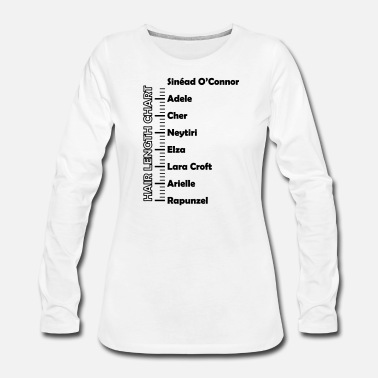
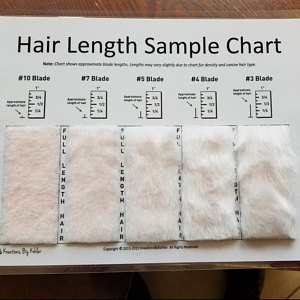
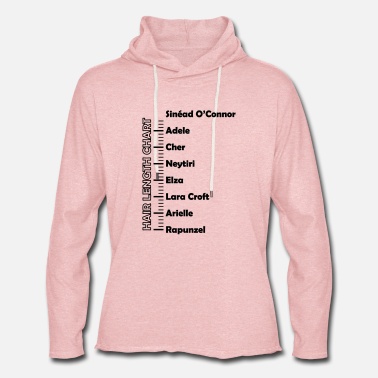
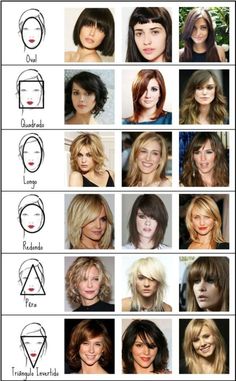
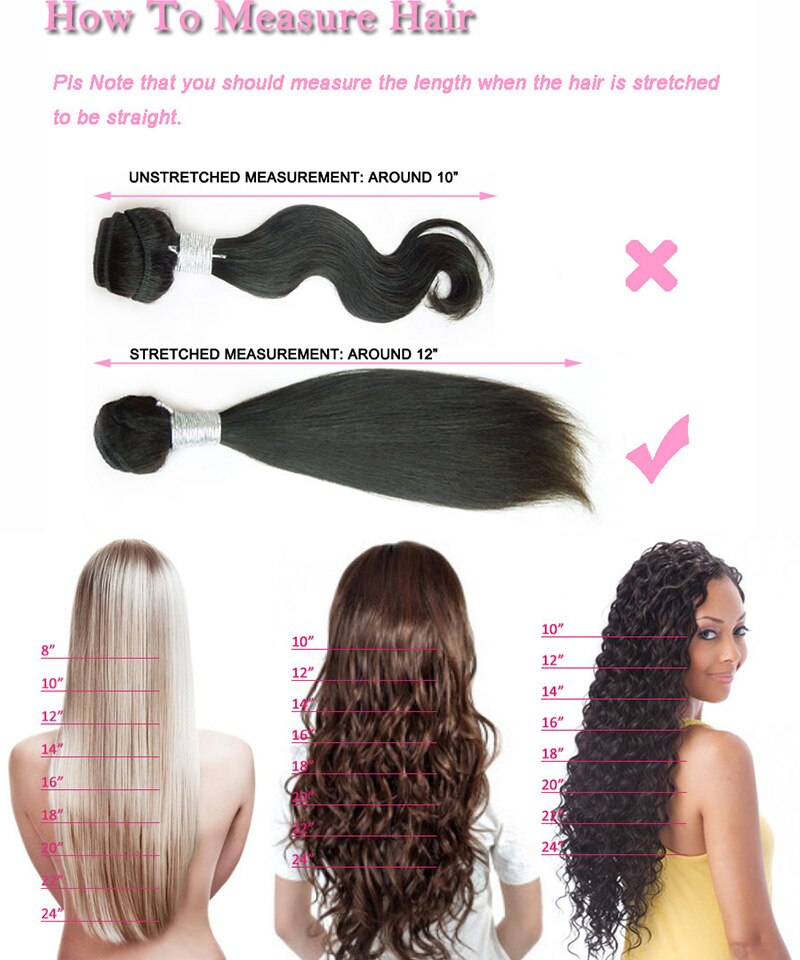
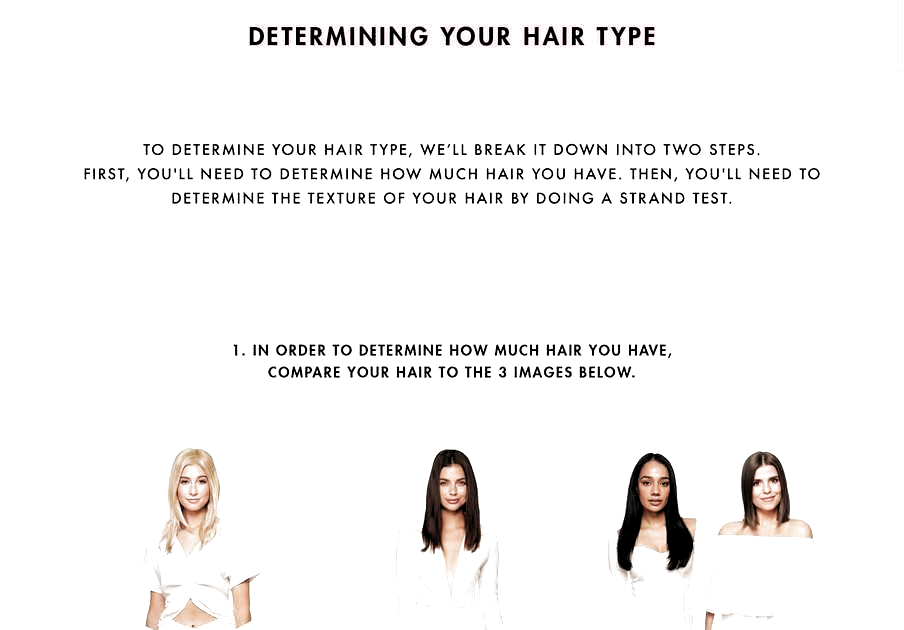
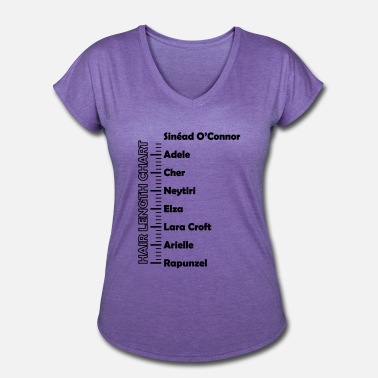
Collarbone length
A shoulder length (12-inch-long) mane combines features of both a short and long mane, making it a popular and trendy length. This length is suitable for most types of hair, including thin strands and thick tresses. Hair this length can be cut and styled in any number of ways.
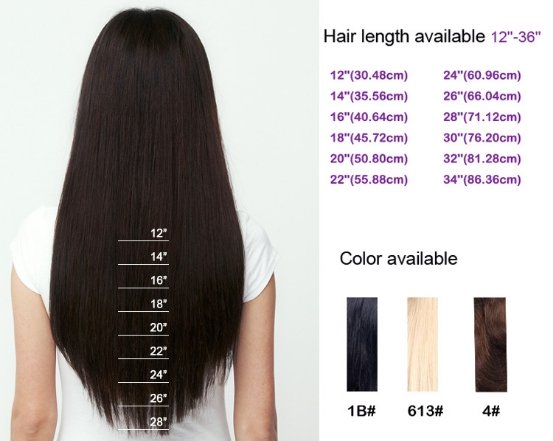
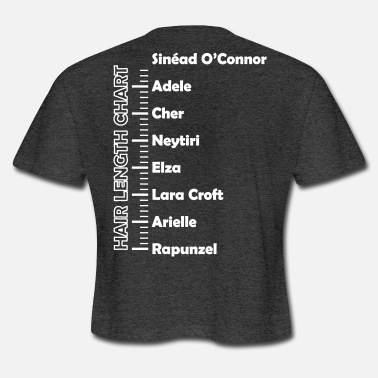
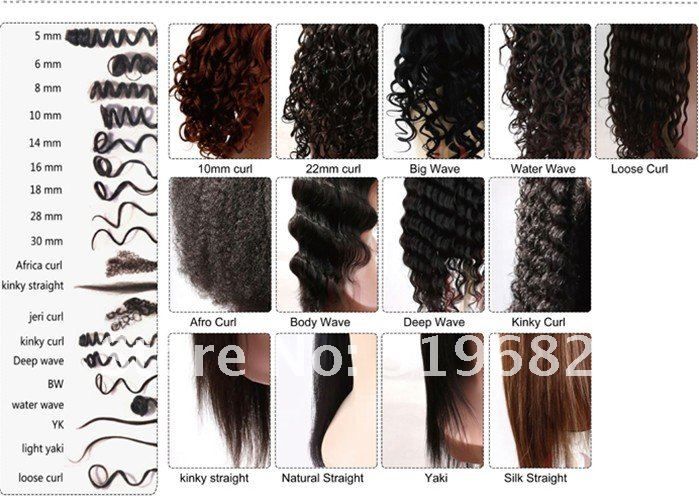
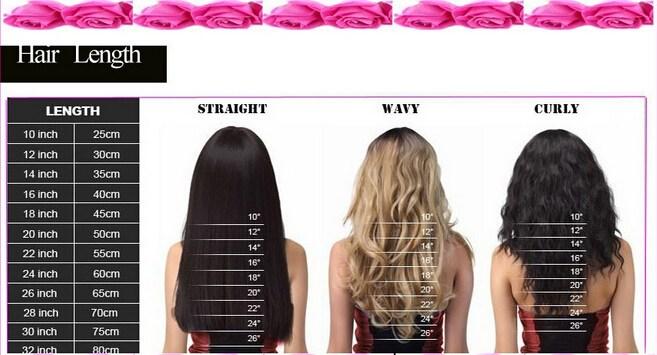
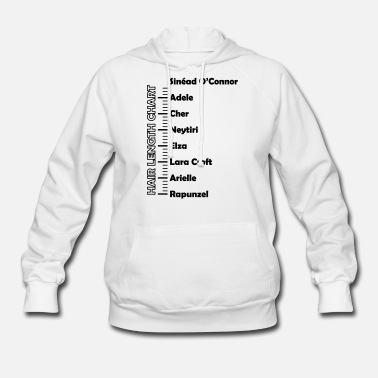
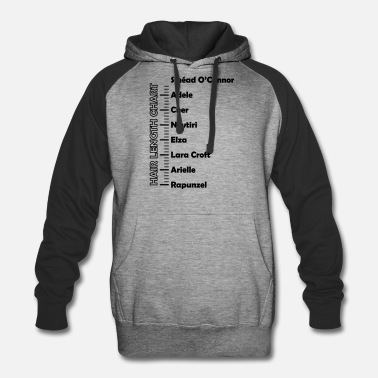
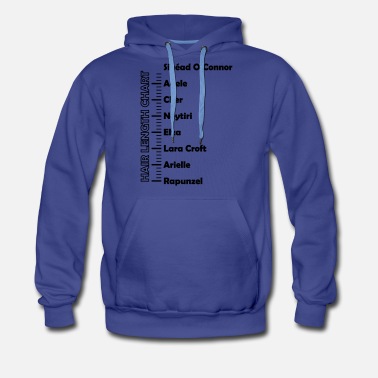
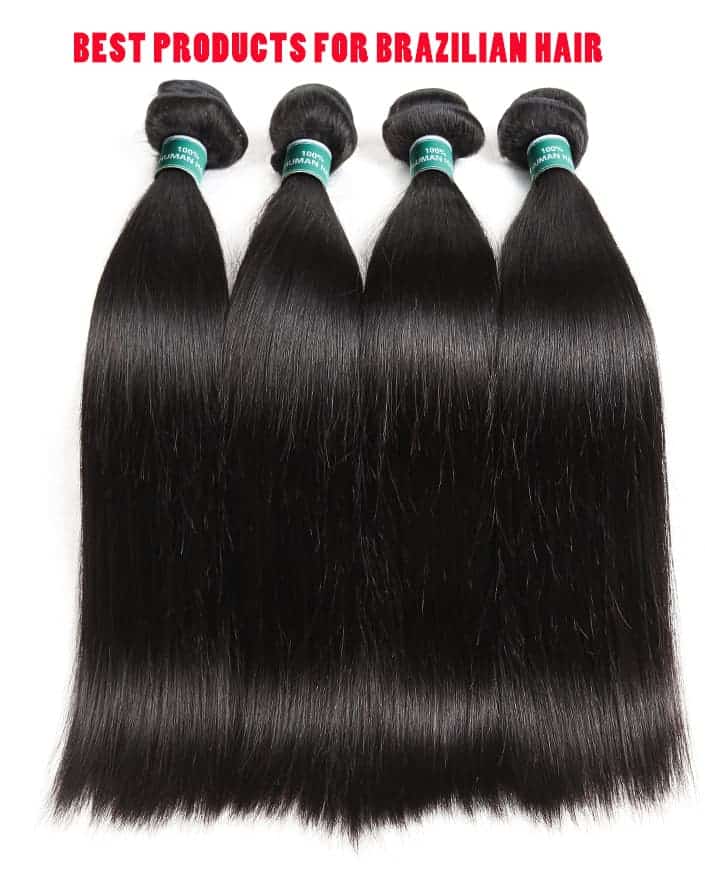
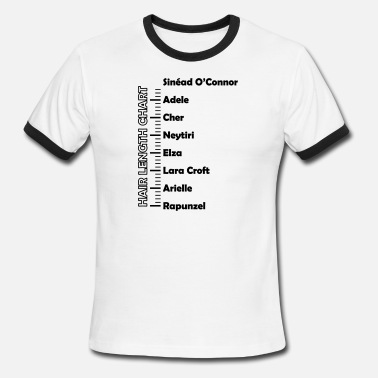
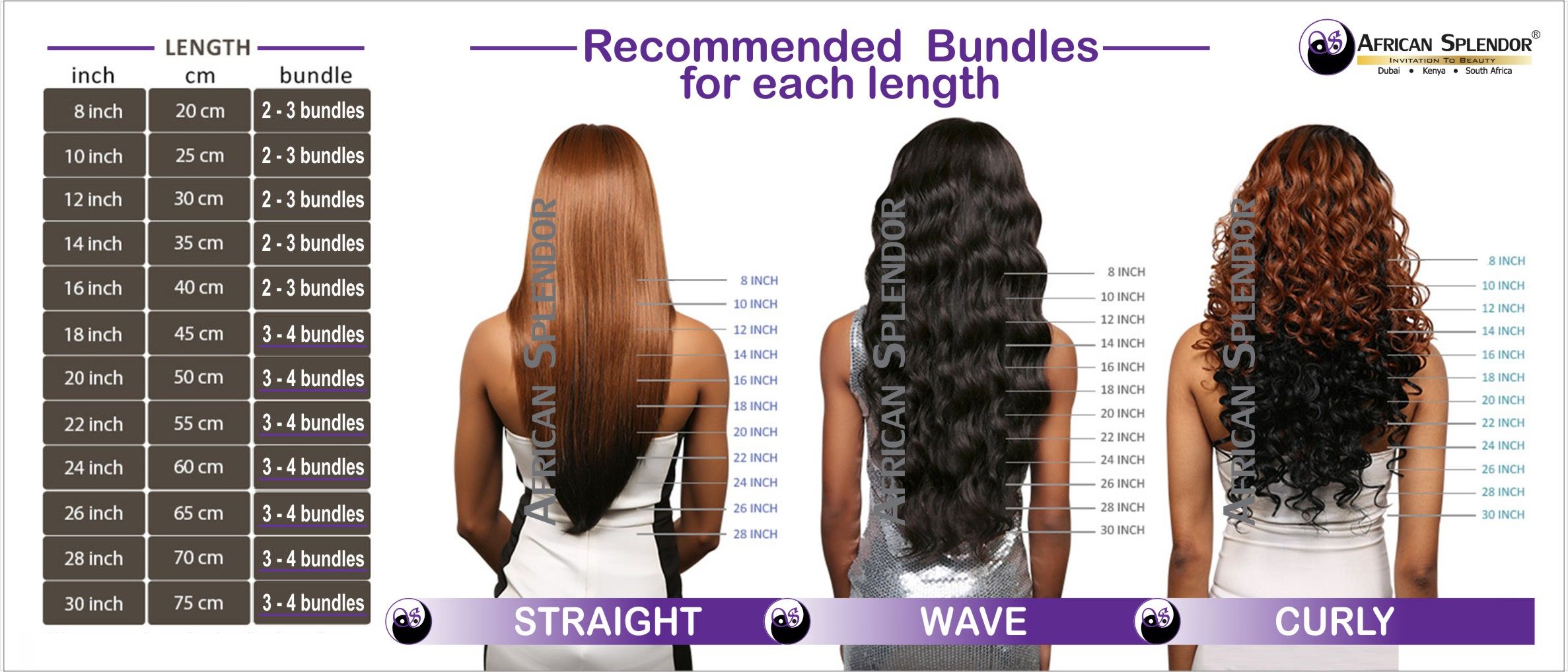
Neck length
The neck length chart is used to determine the length of a person’s neck. This chart is usually made of different shades of green and red. The green numbers represent the smallest sizes while the red numbers represent the largest ones. The yellow numbers are somewhere in between. Males typically have larger necks than females. In addition, higher BMIs are often associated with bigger necks.

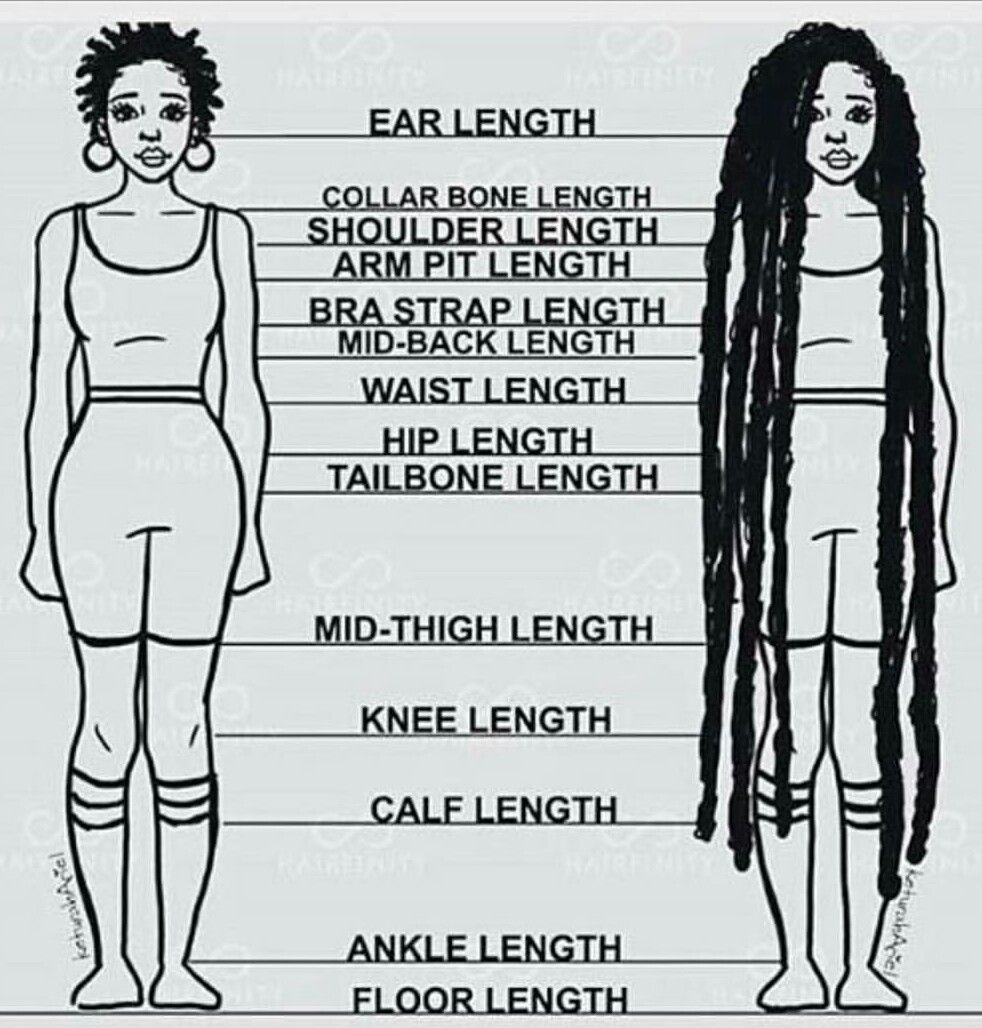

There are several ways to find out your neck size. One way is to check the size of your dress shirt. A 14-inch-long shirt will fit a person with a 14-inch neck. Then, divide that number by two to find out the correct size for your neck. Often, a dress shirt will not come with a neck size listed.
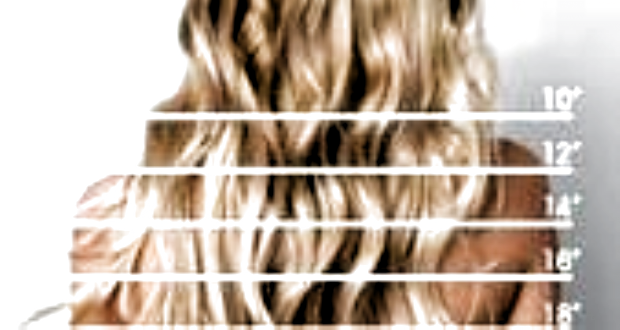
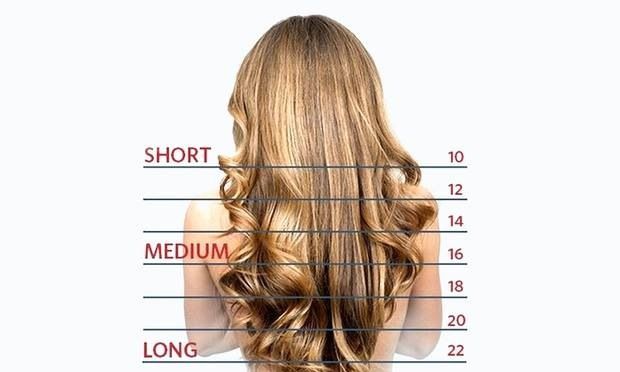
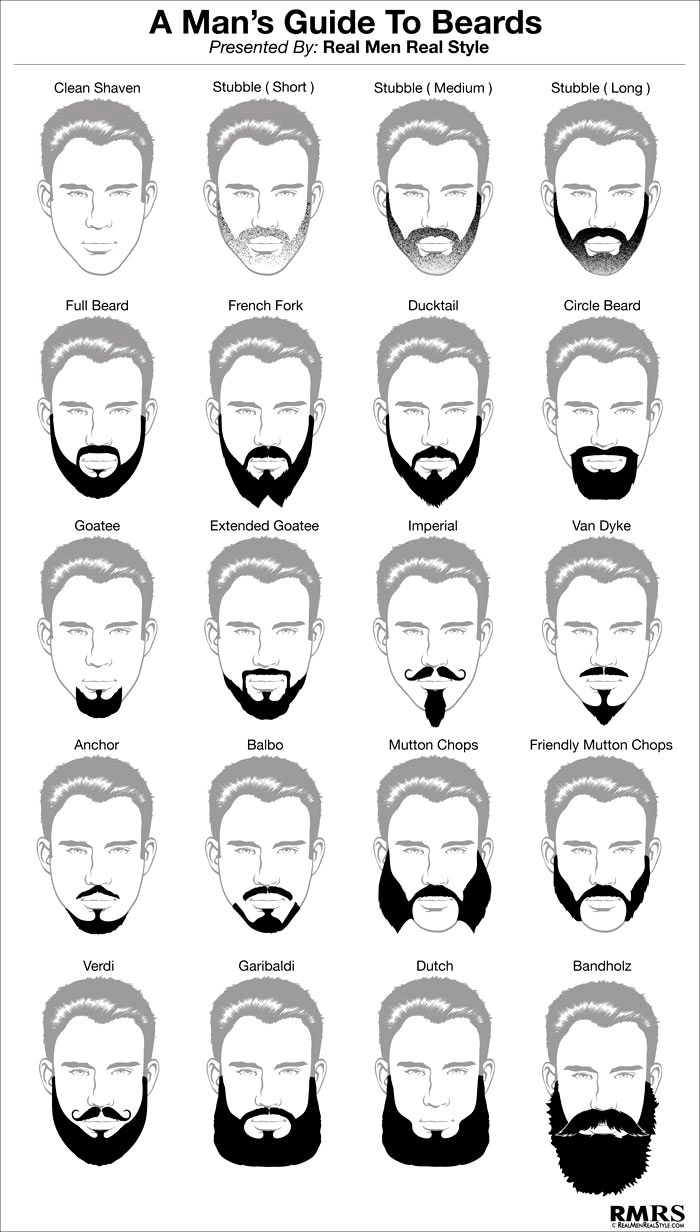
Another way to get the correct measurement of your neck is to consult a lateral X-ray of the cervical spine. This enables you to compare the size of the neck with that of the head. In addition, a neck length chart helps you see if your neck is proportional to your height.
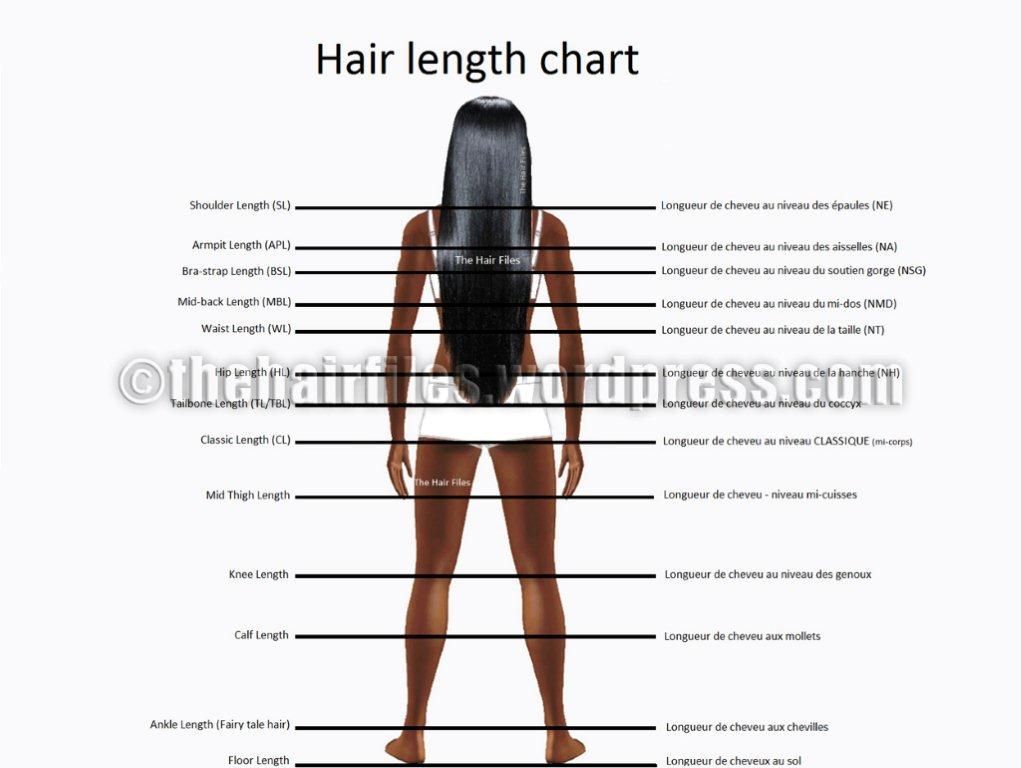
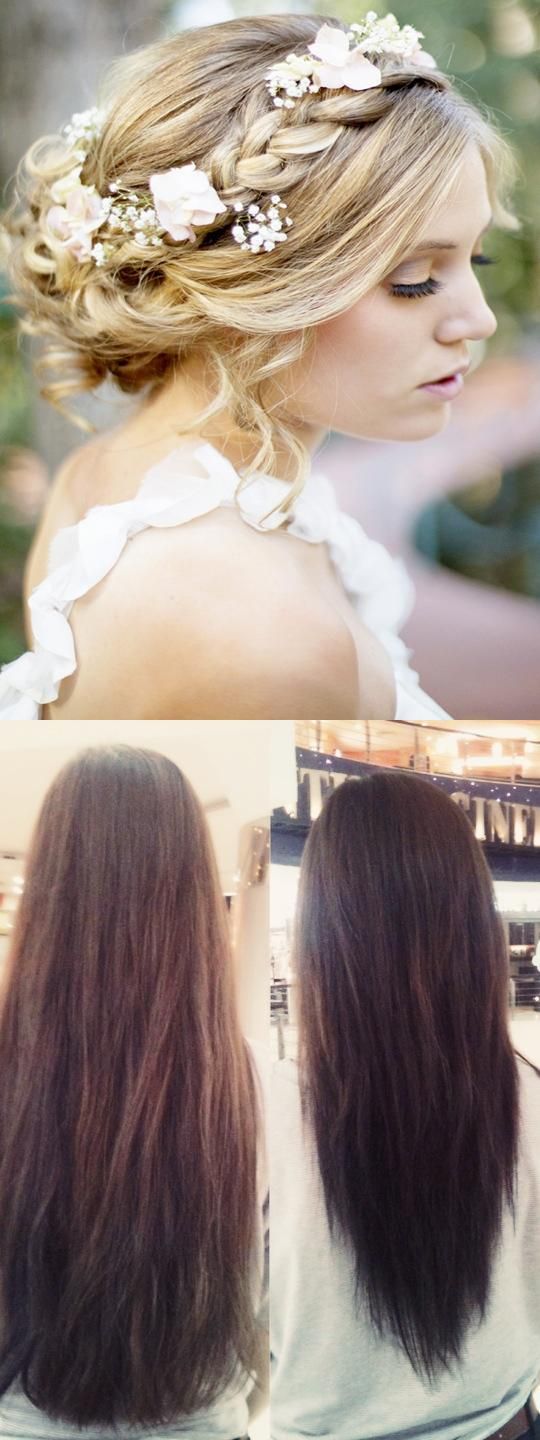
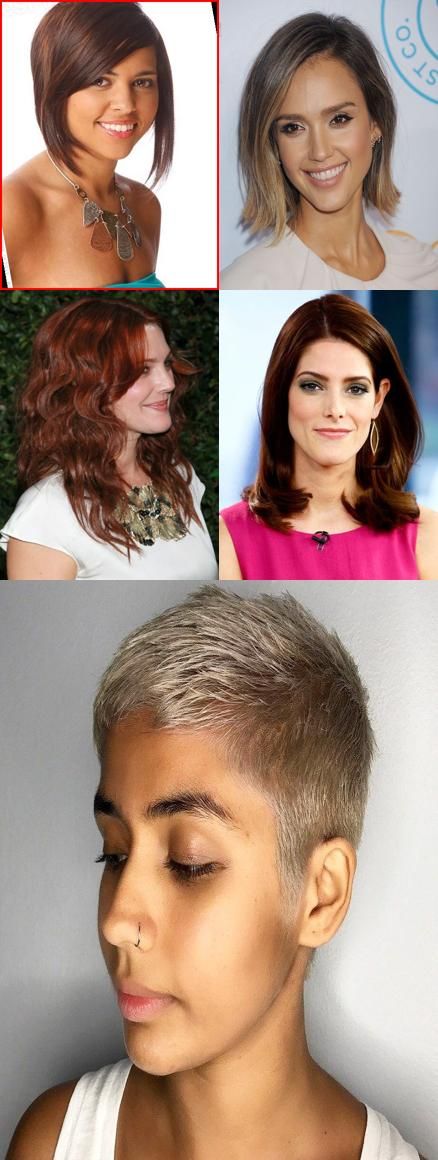
Generally, a person with a 12-inch neck is smaller than 99% of all males and is considered very small. Girls with a 12-inch neck are also considered to be small. However, the normal size for a person is somewhere between 11.5 and 14 inches. In men, a neck size of sixteen inches is considered to be the norm, but this can only be achieved by a man with a lot of muscle mass.

